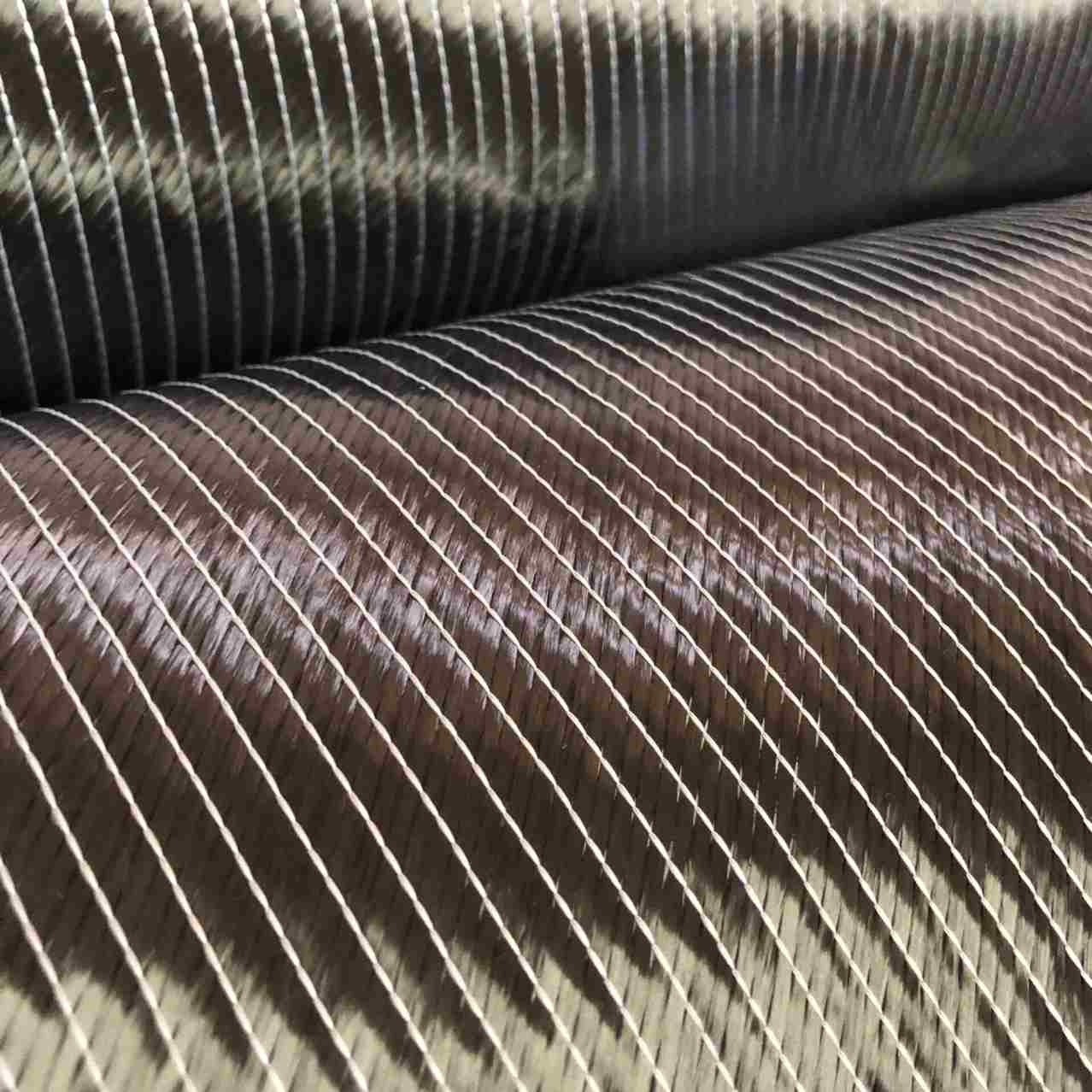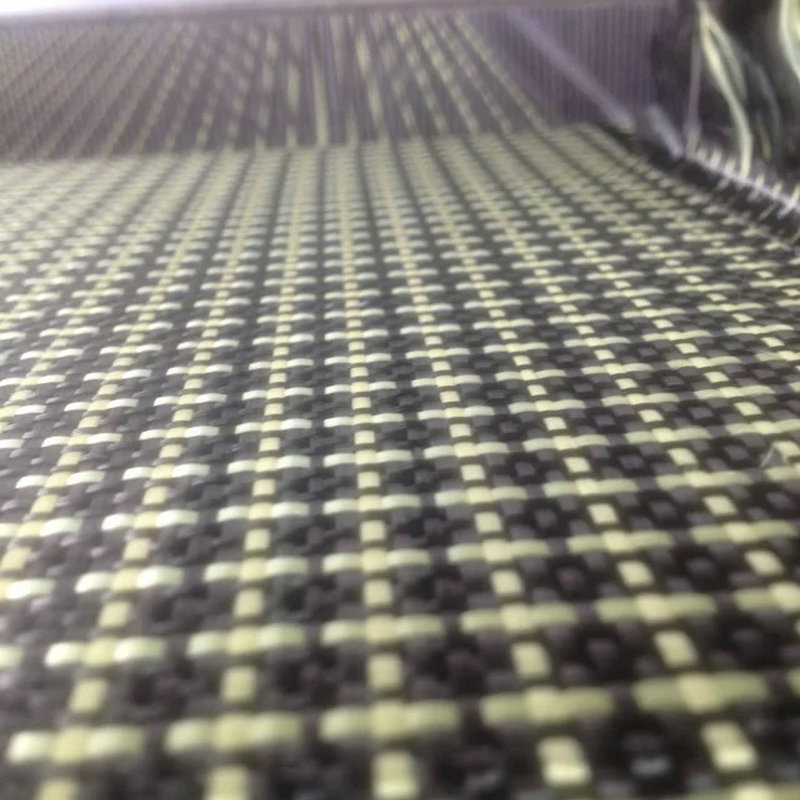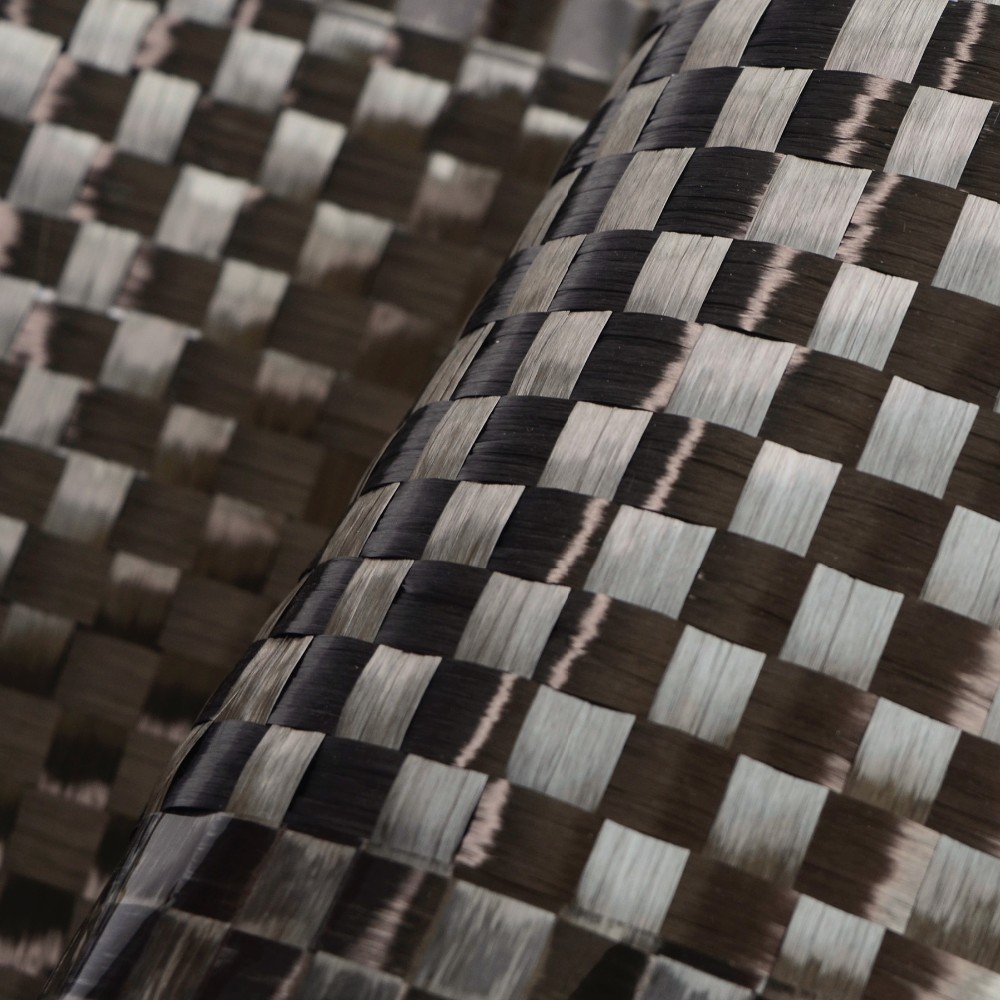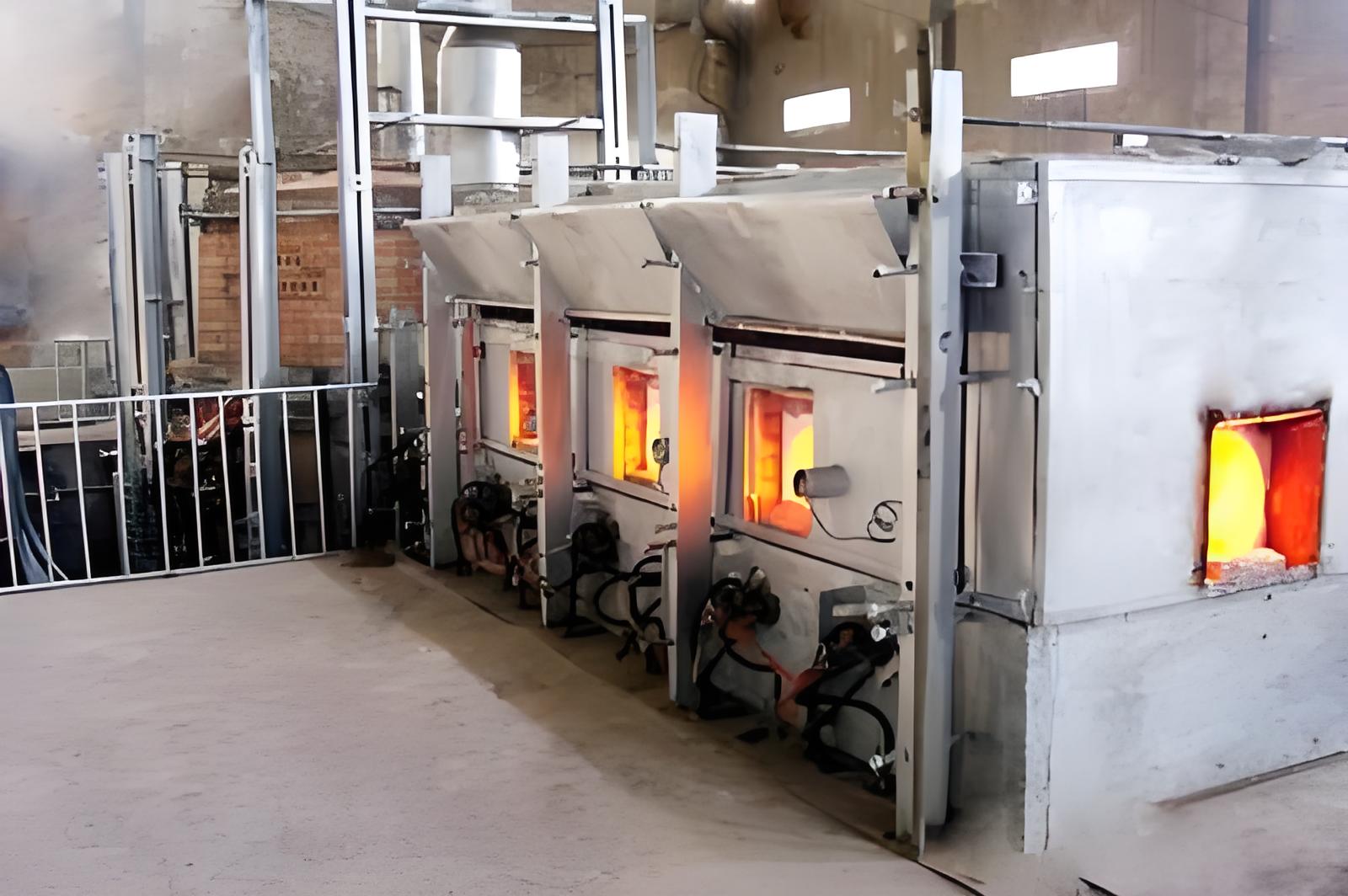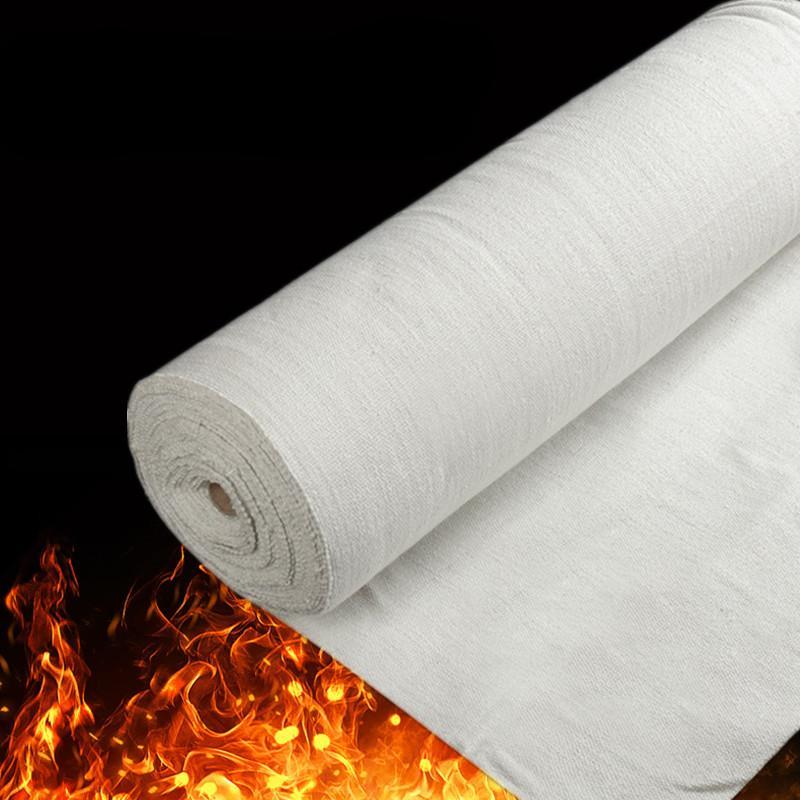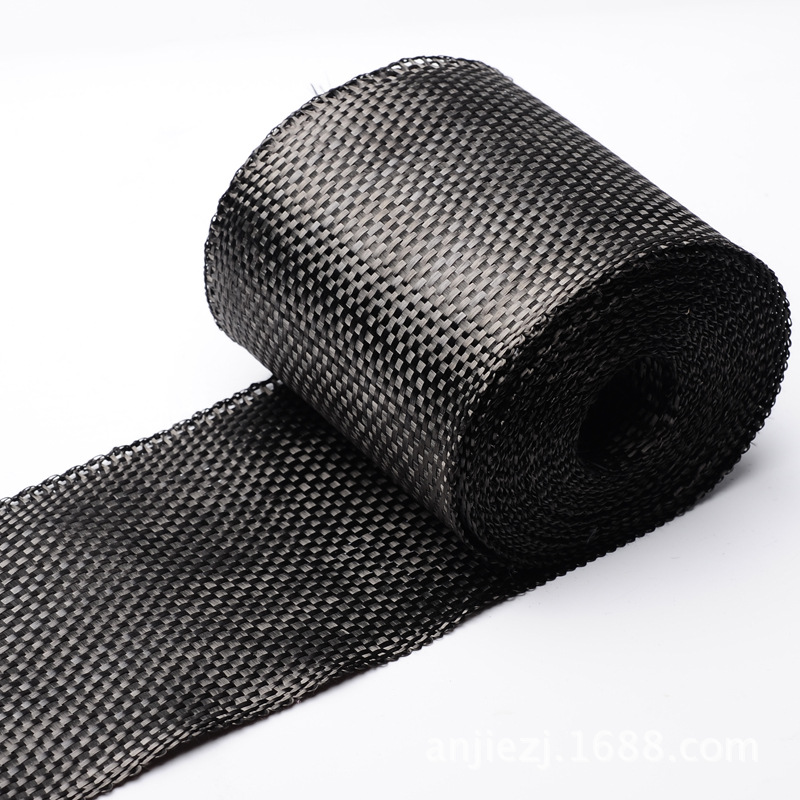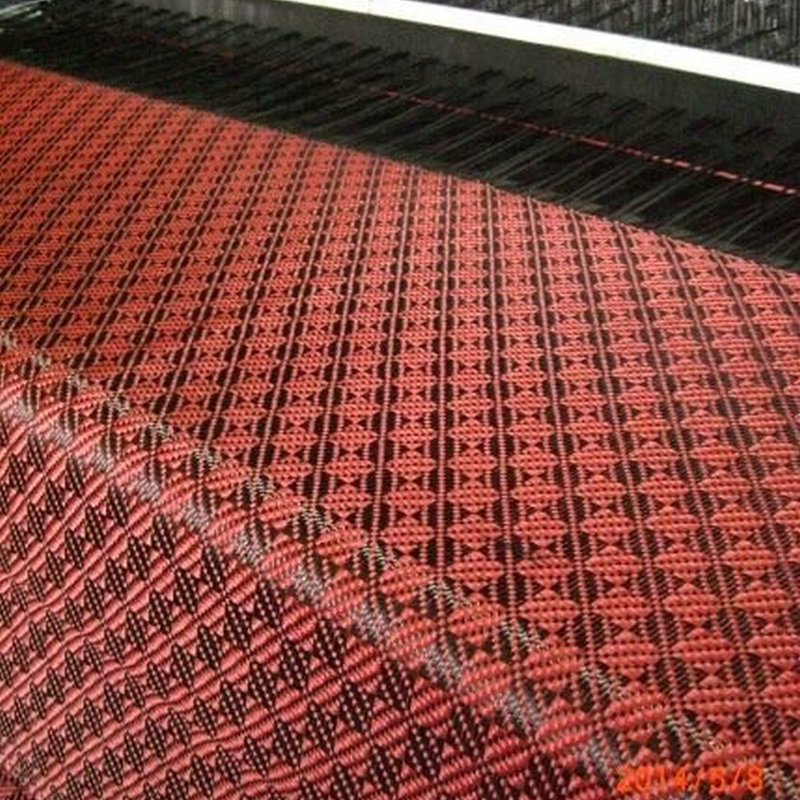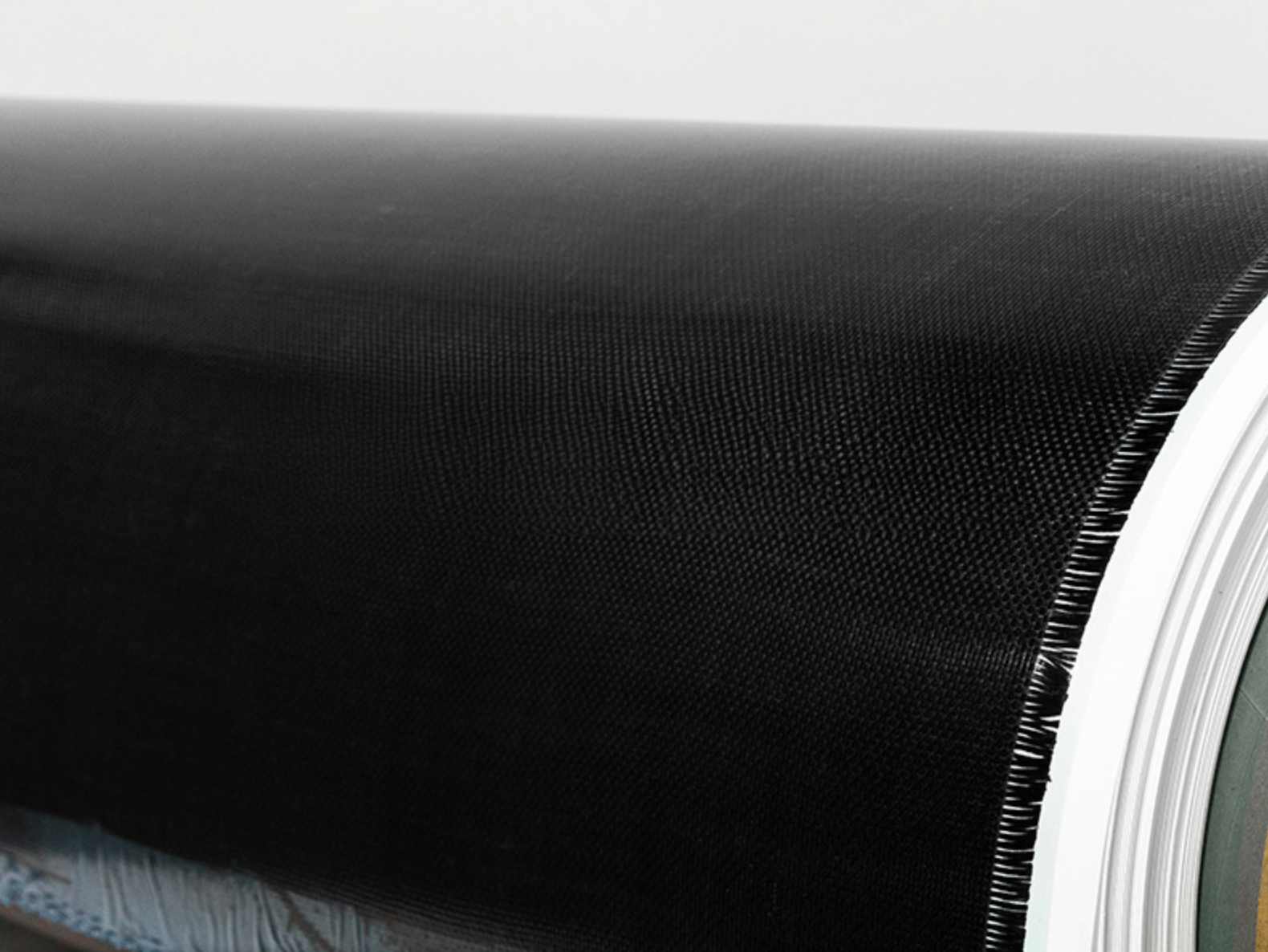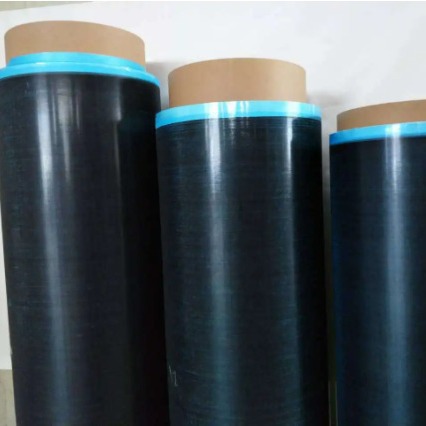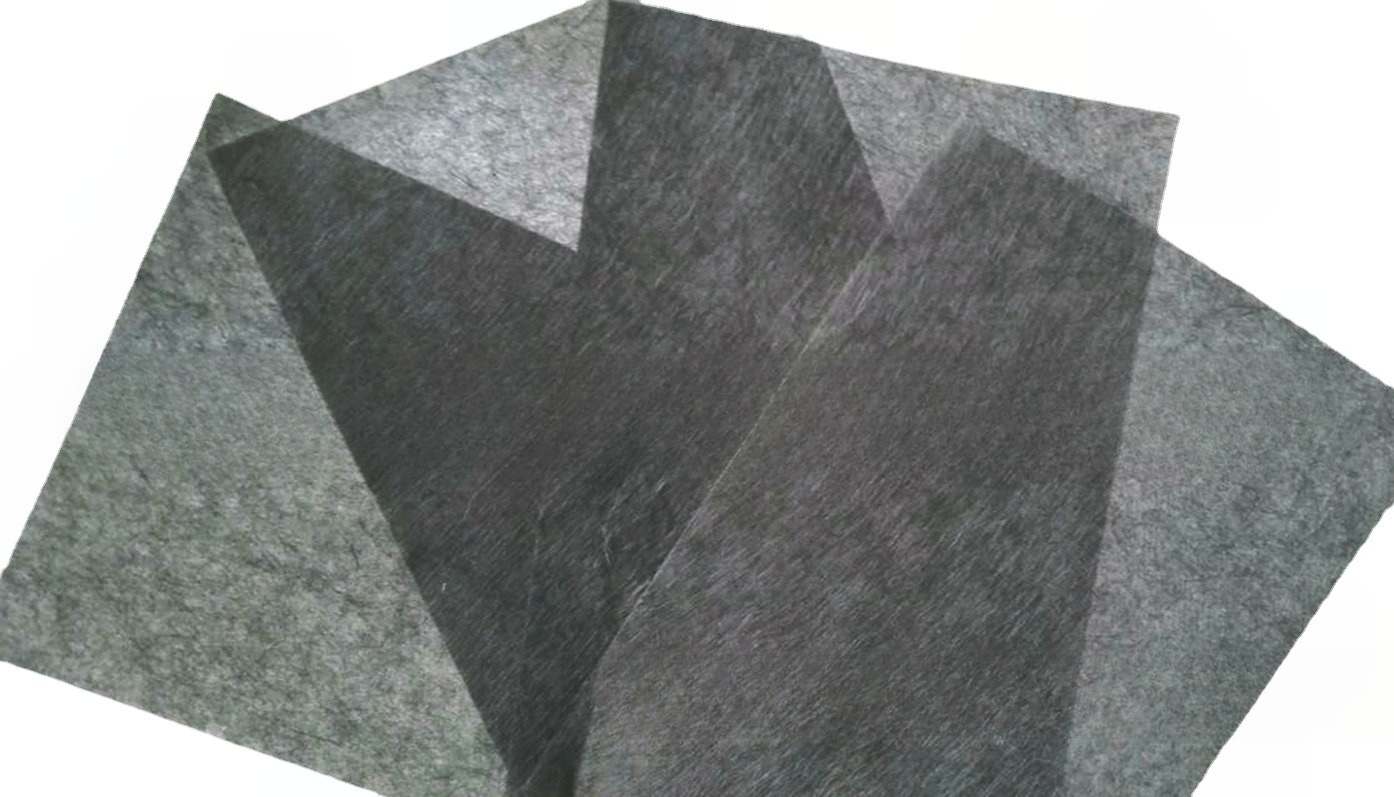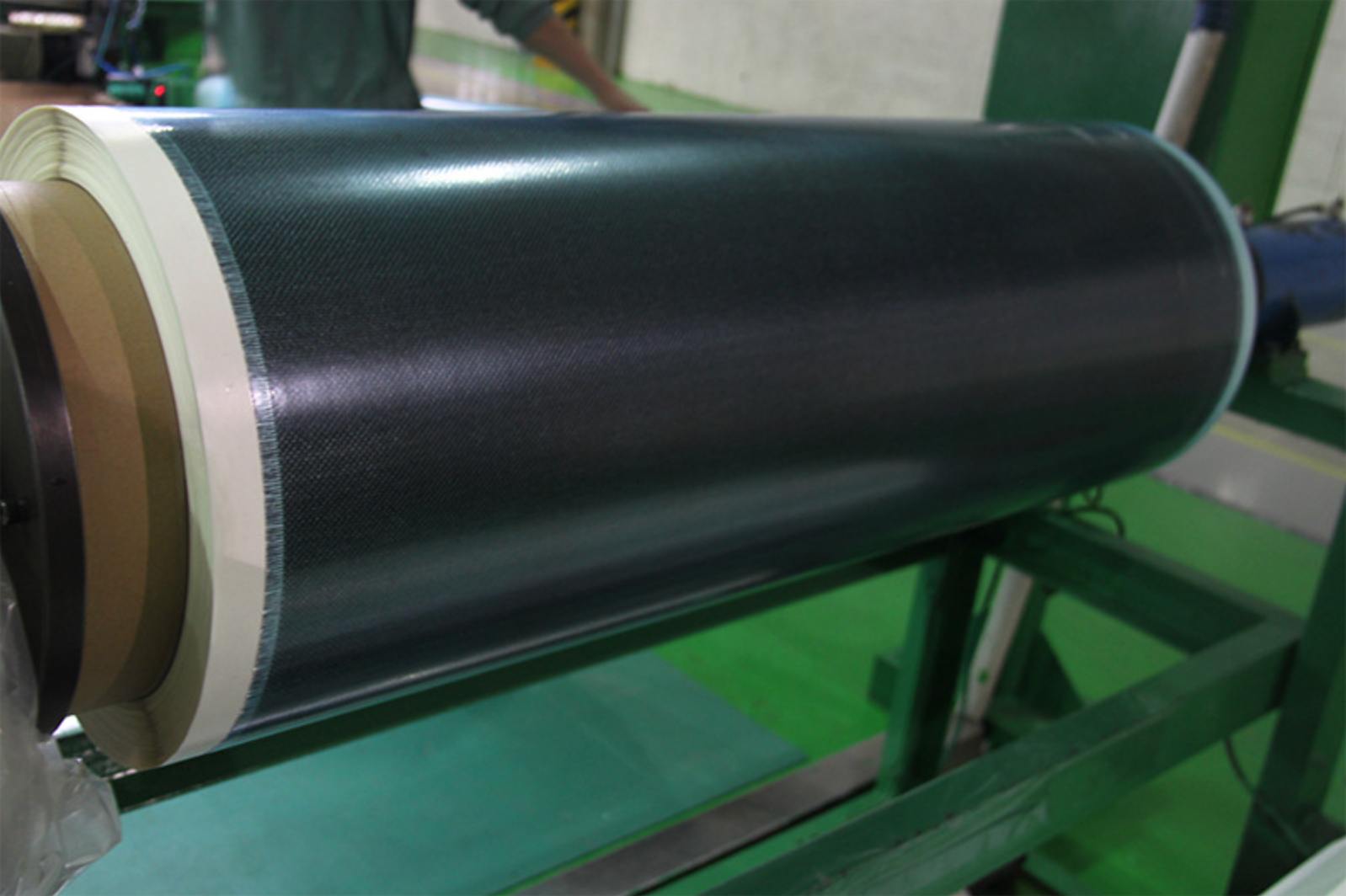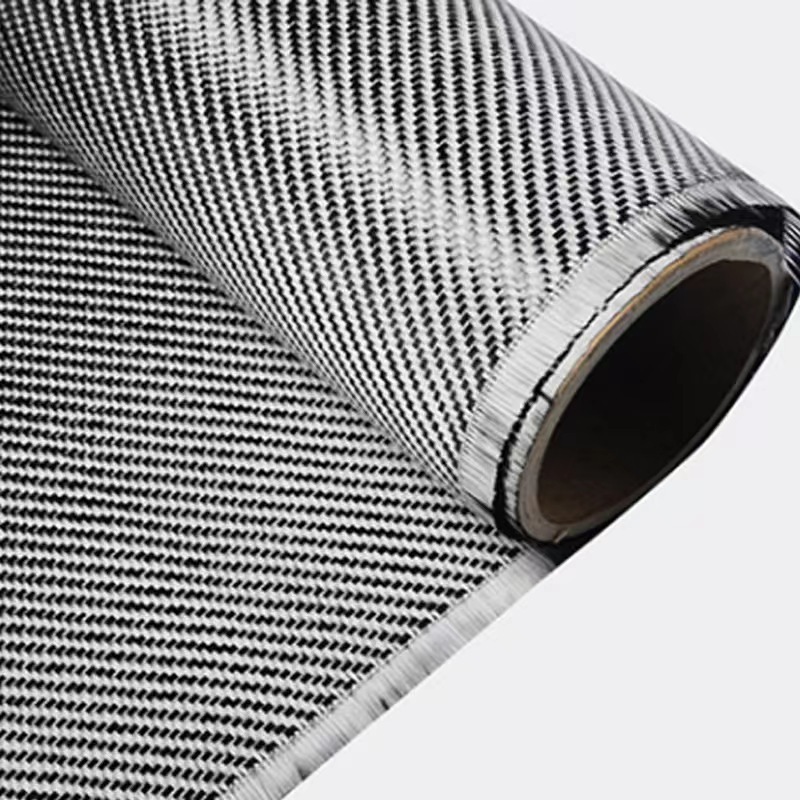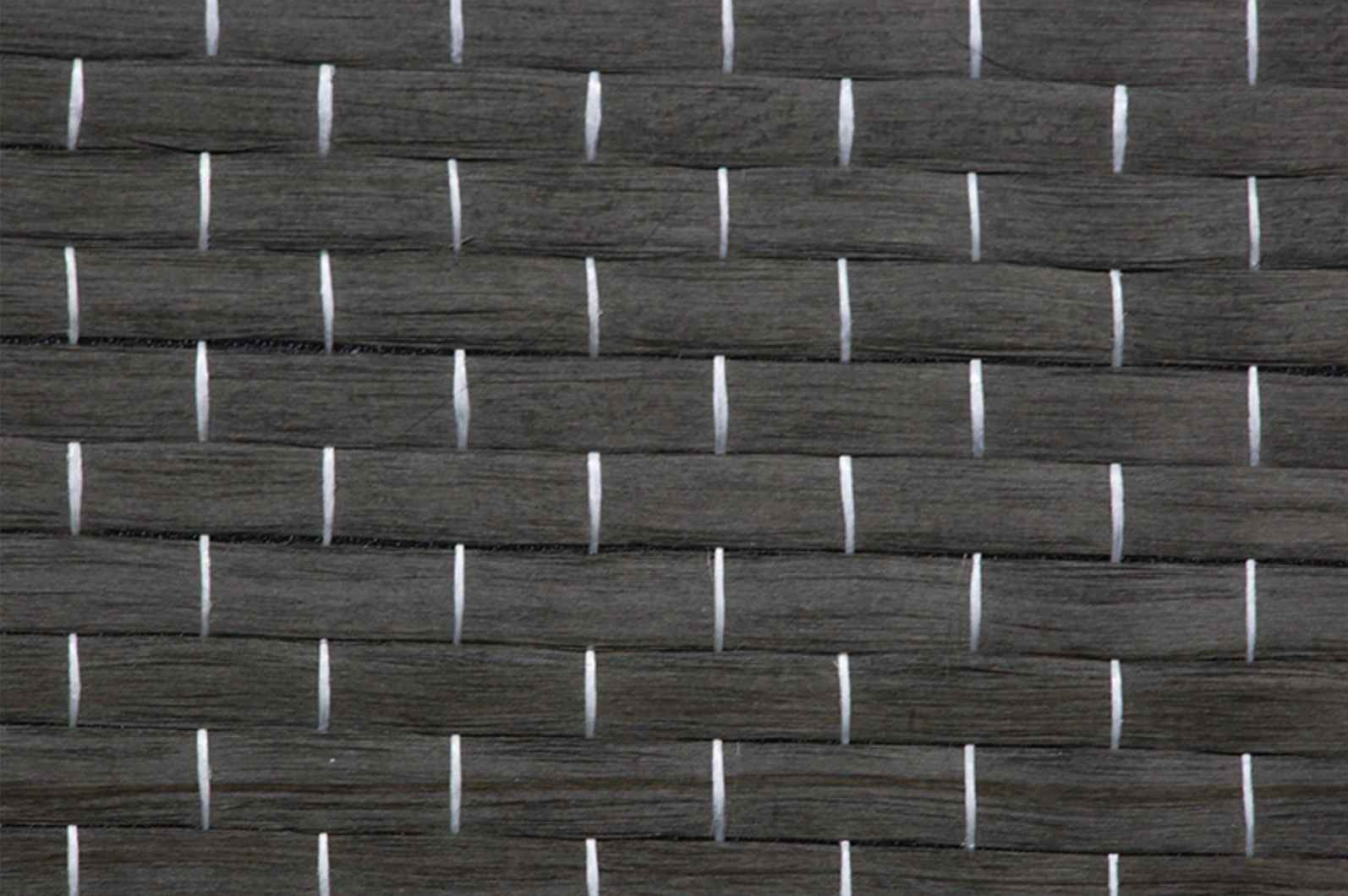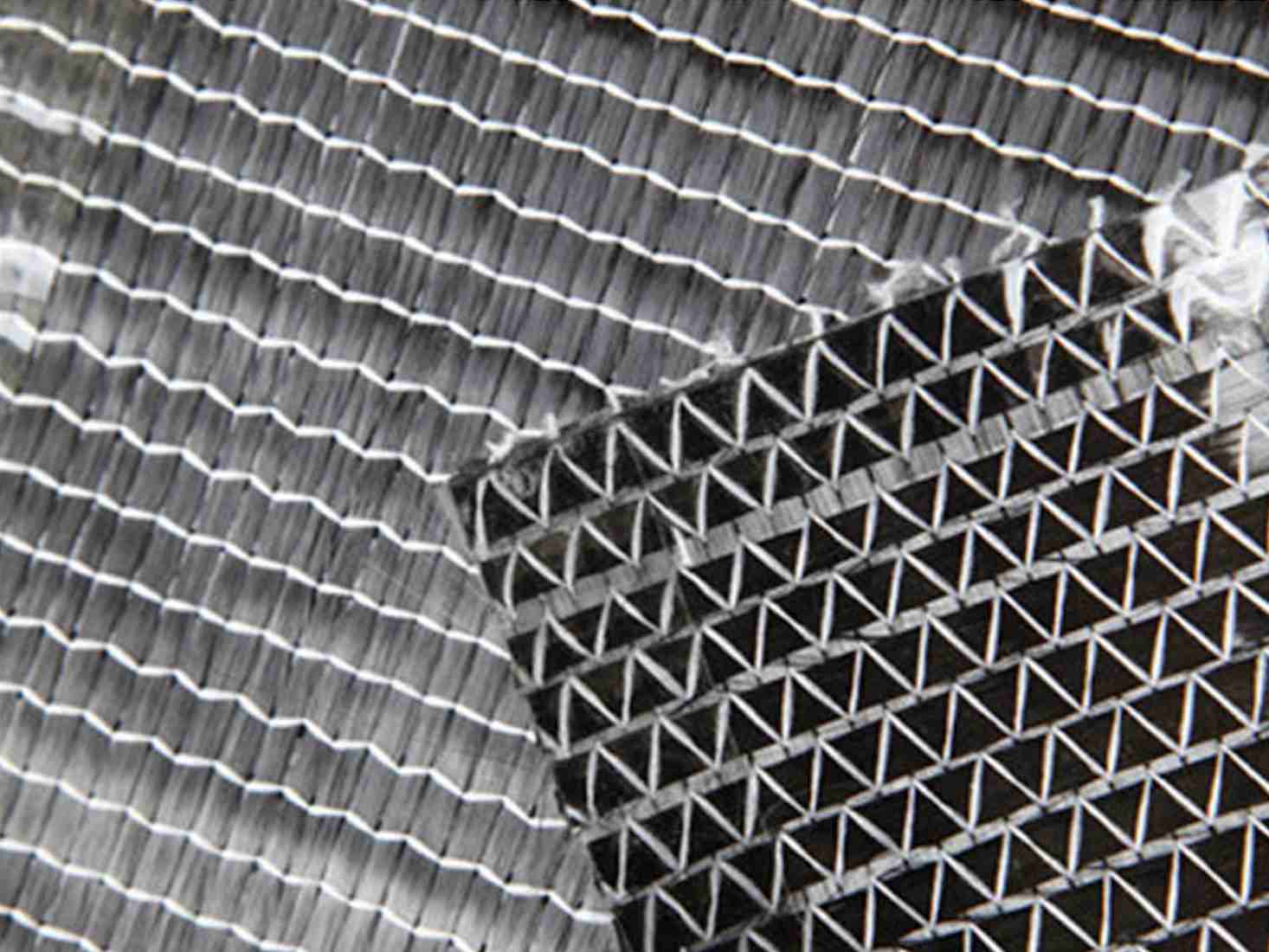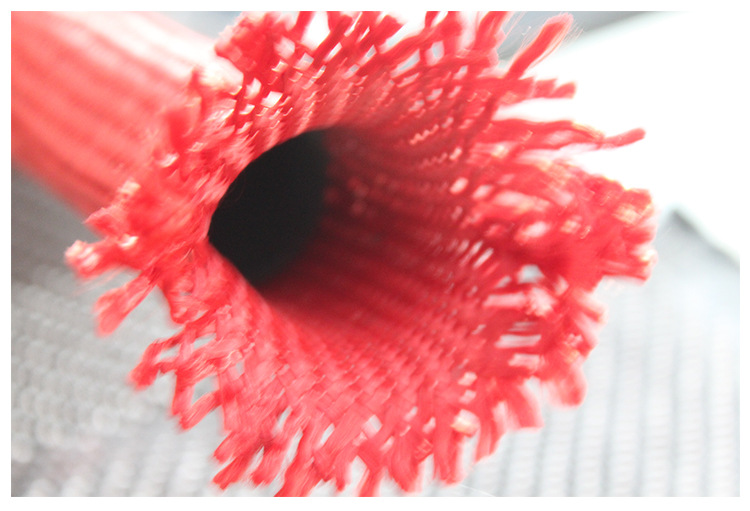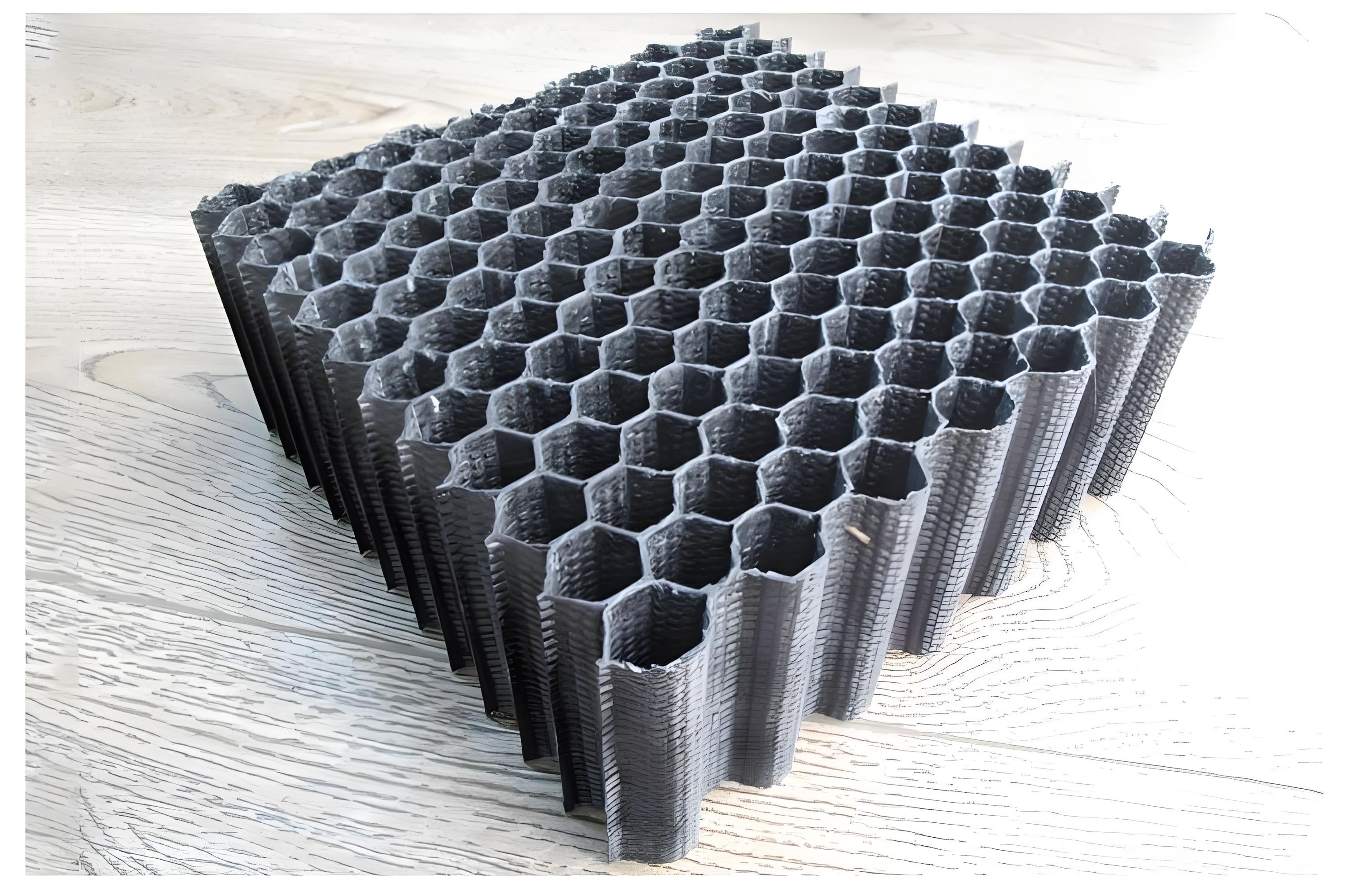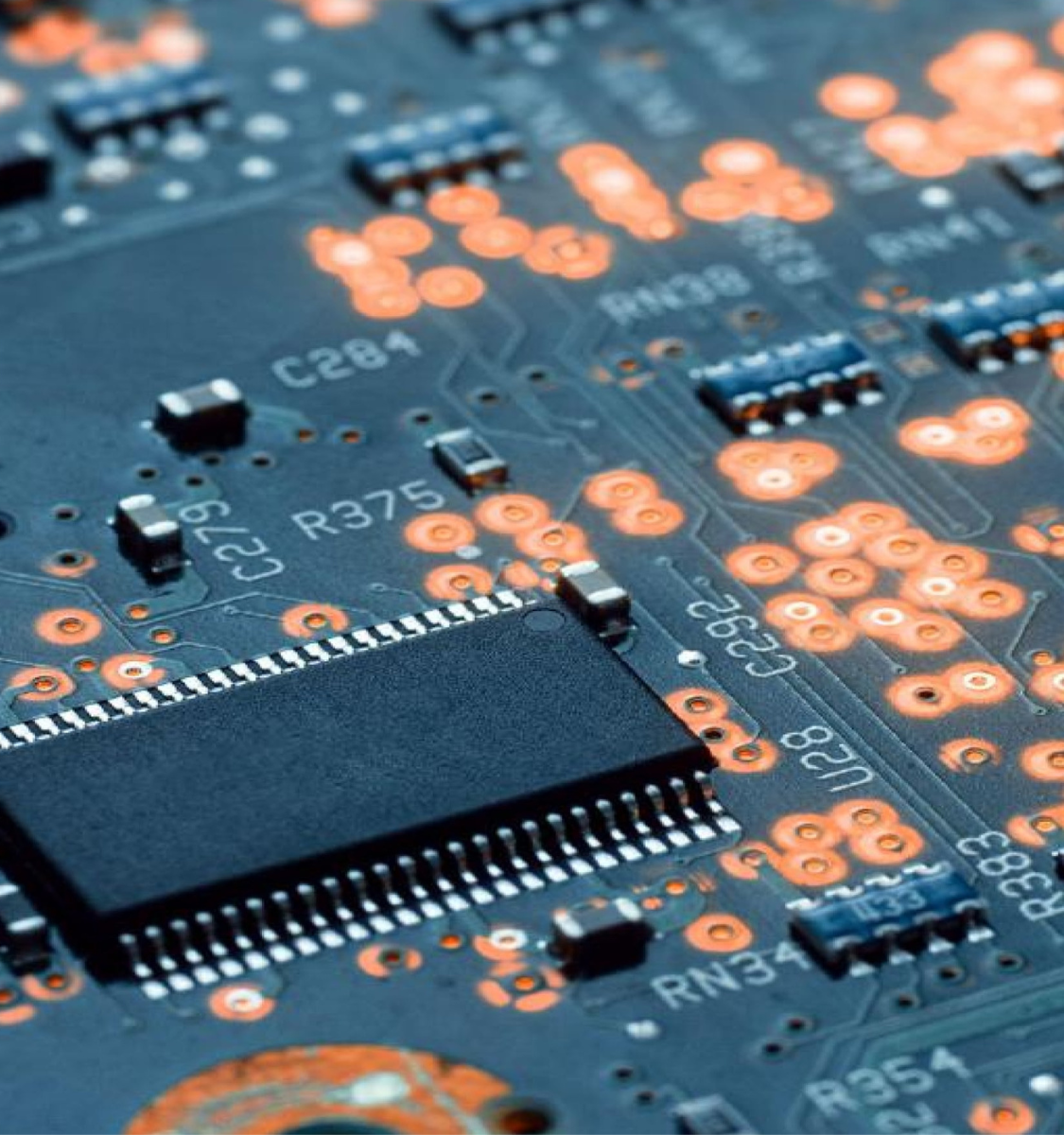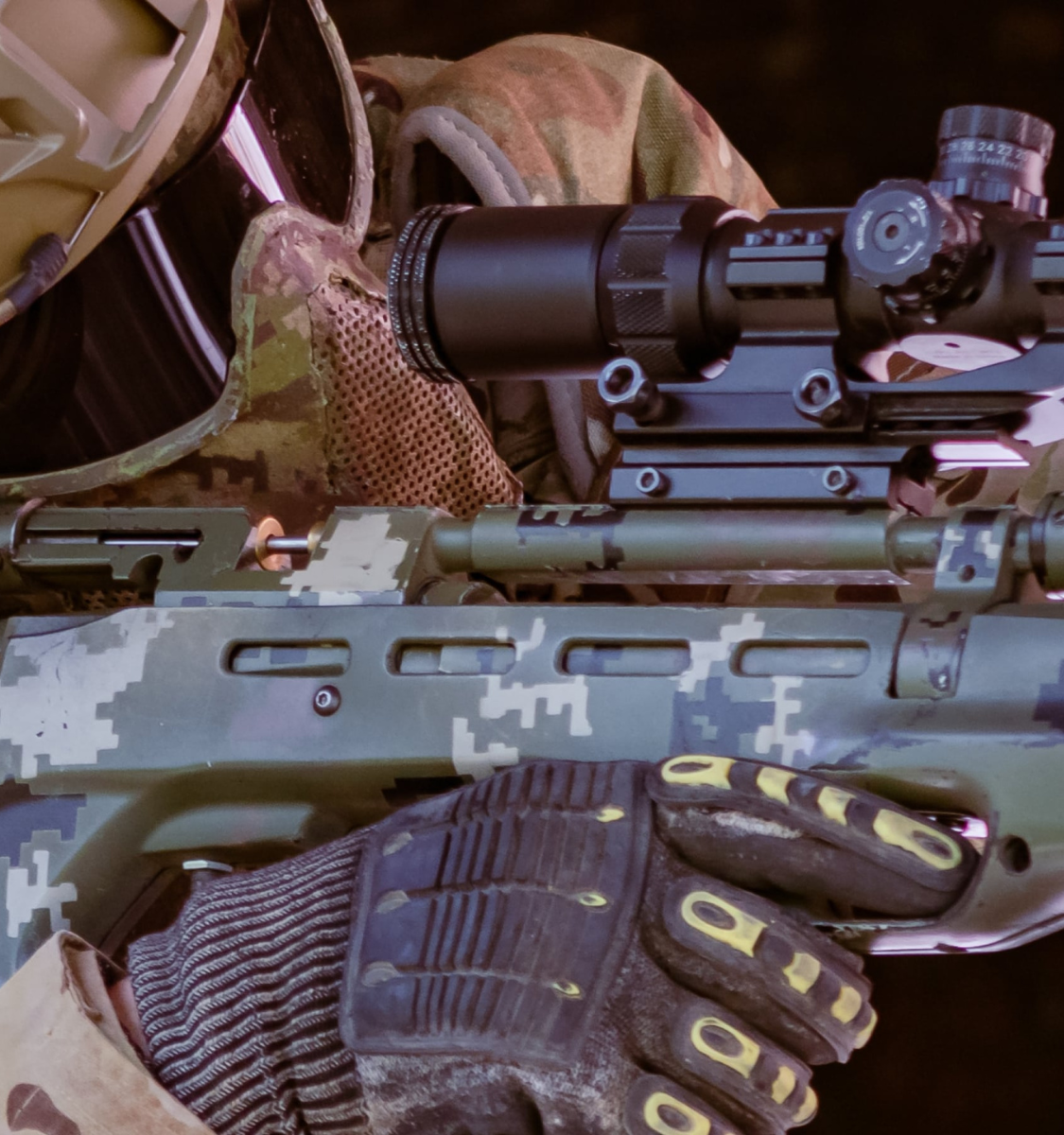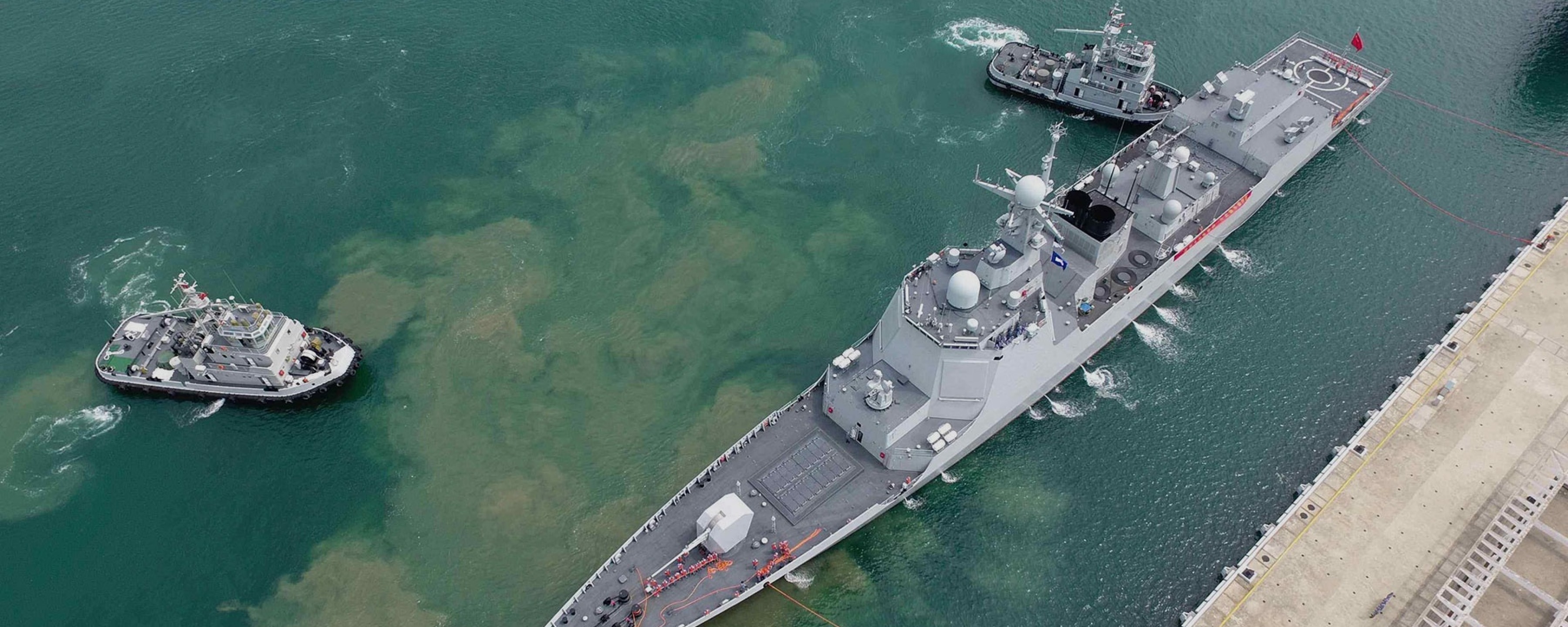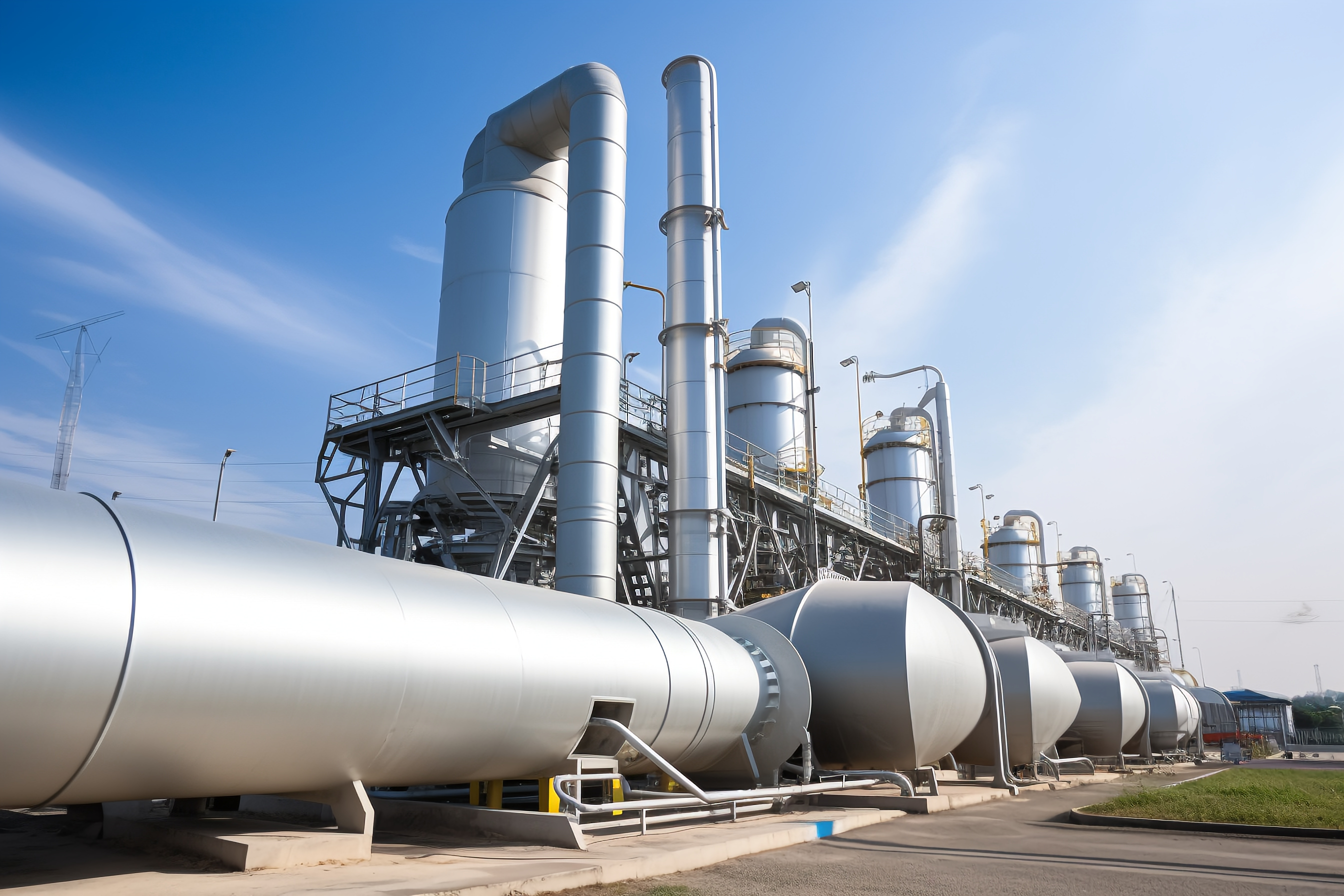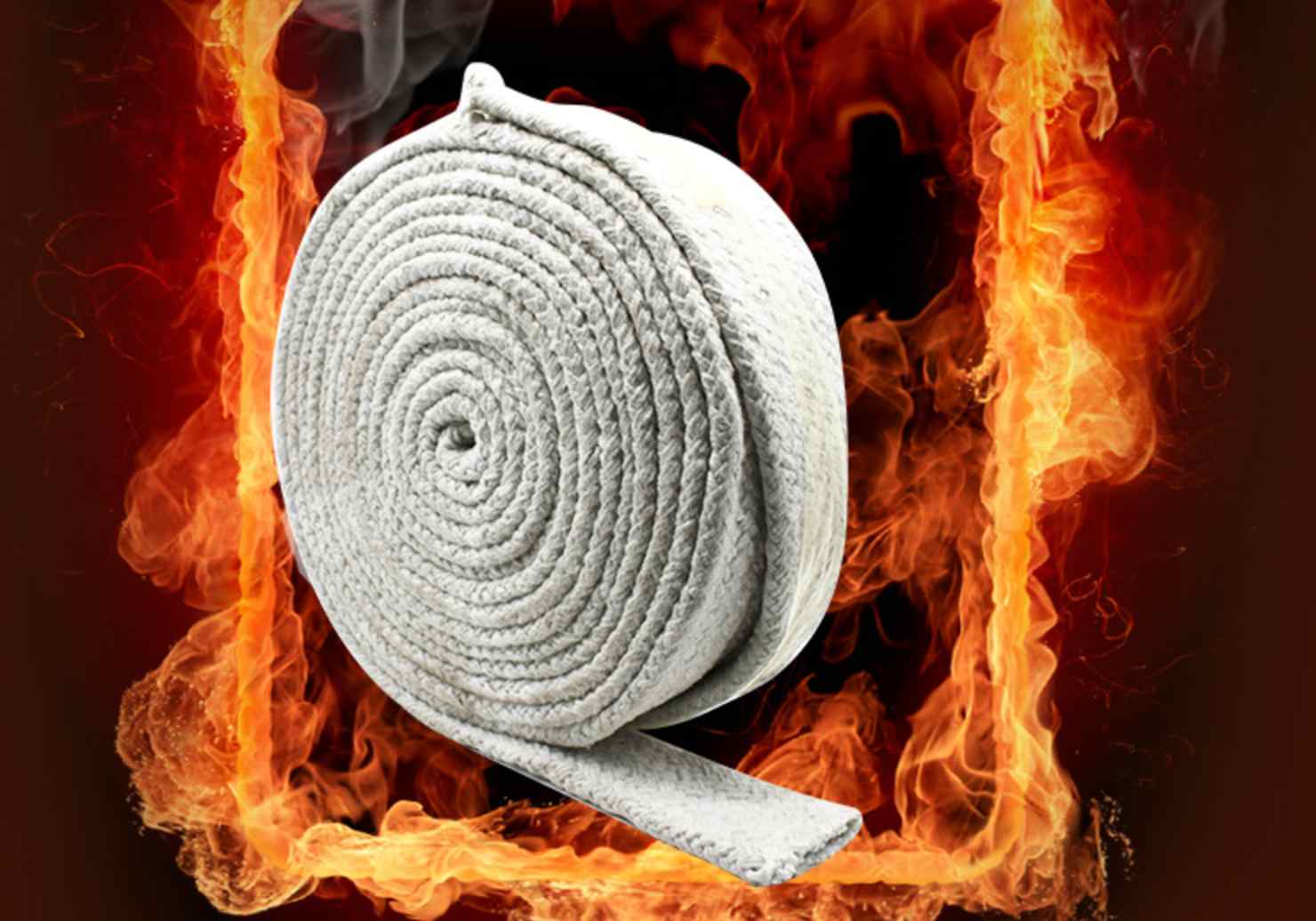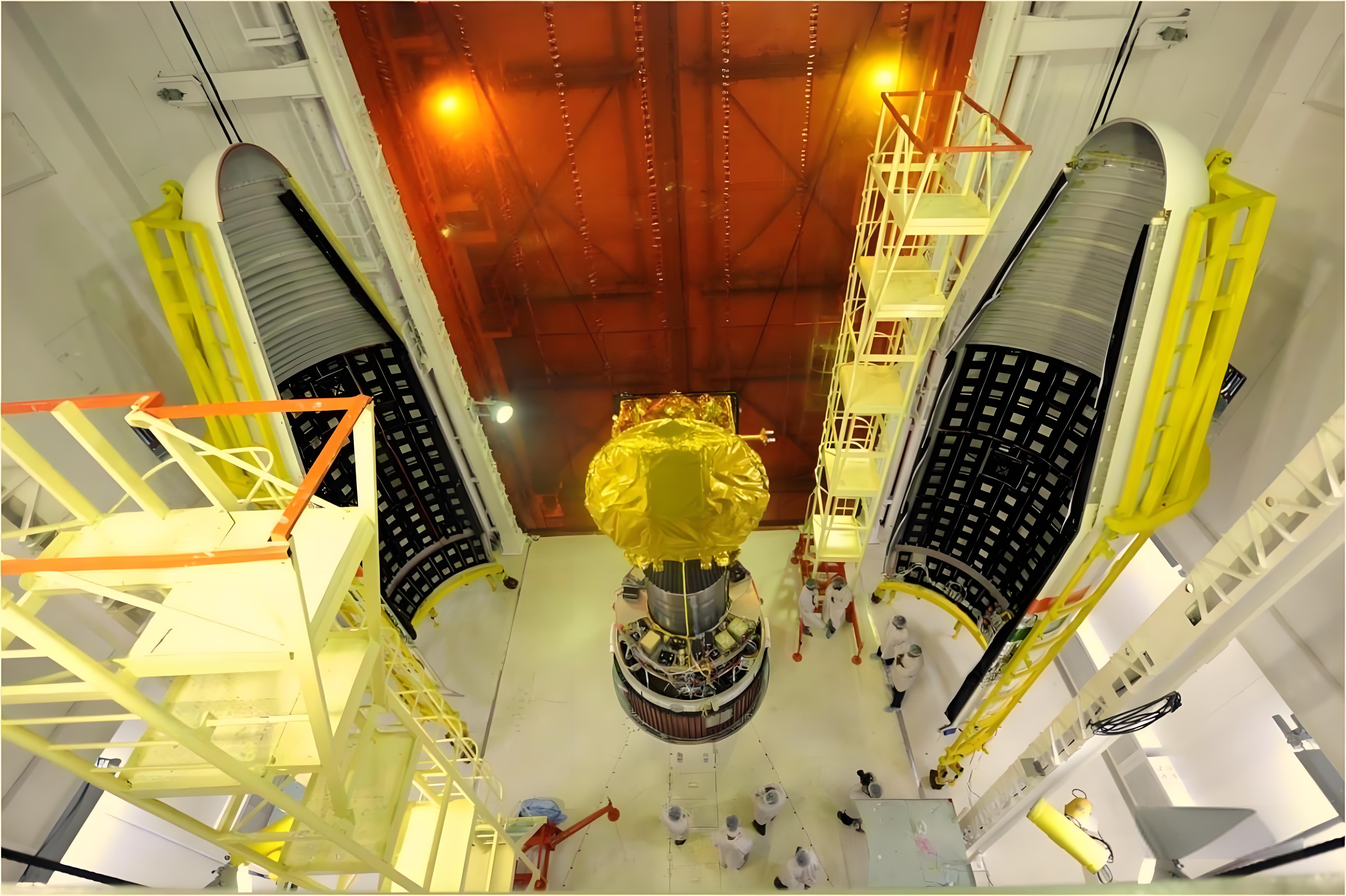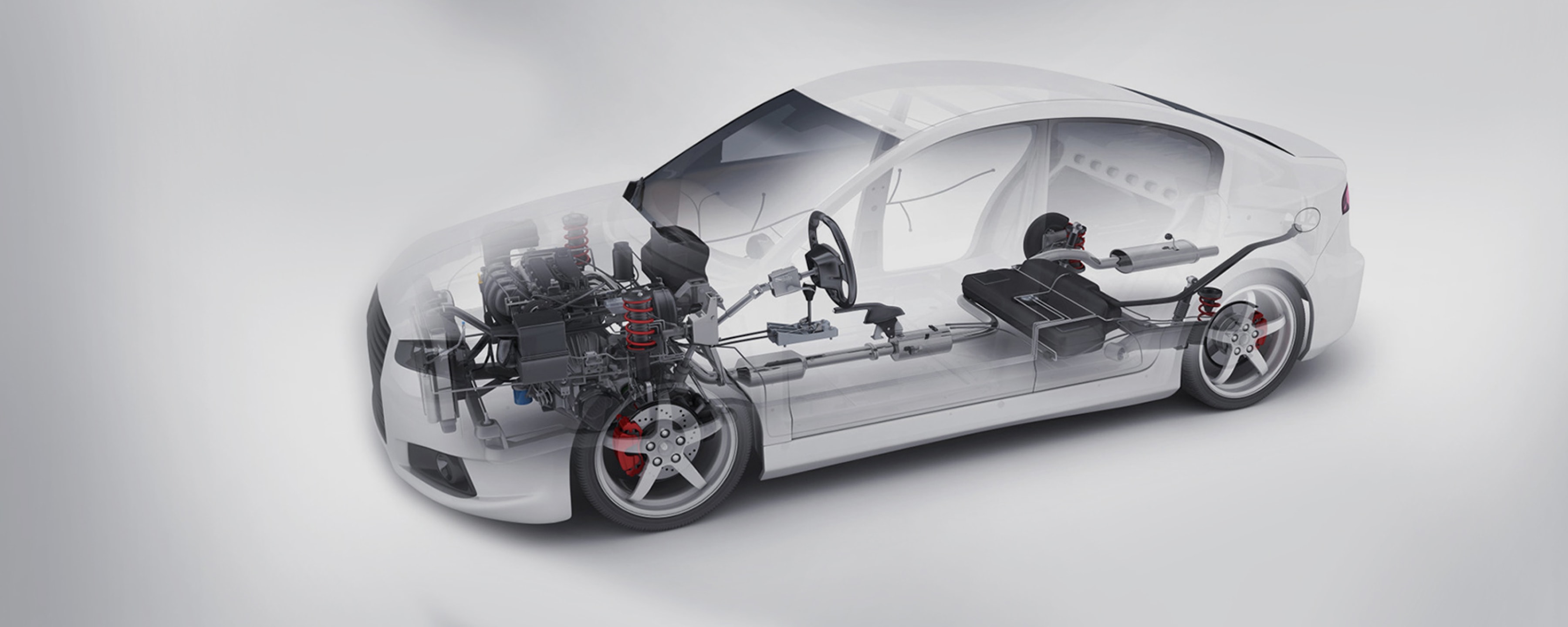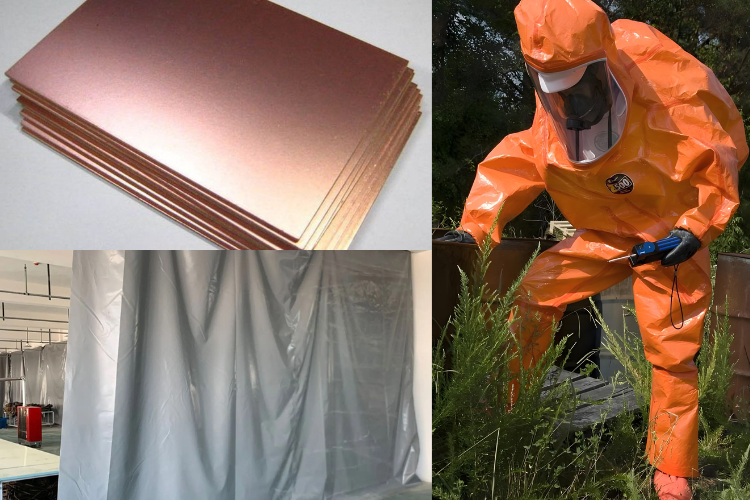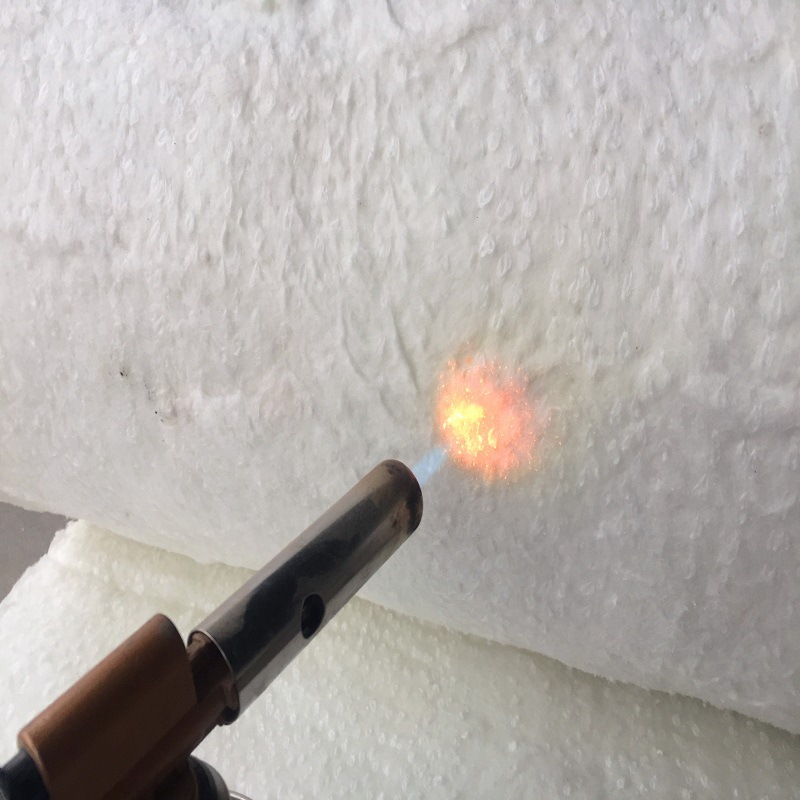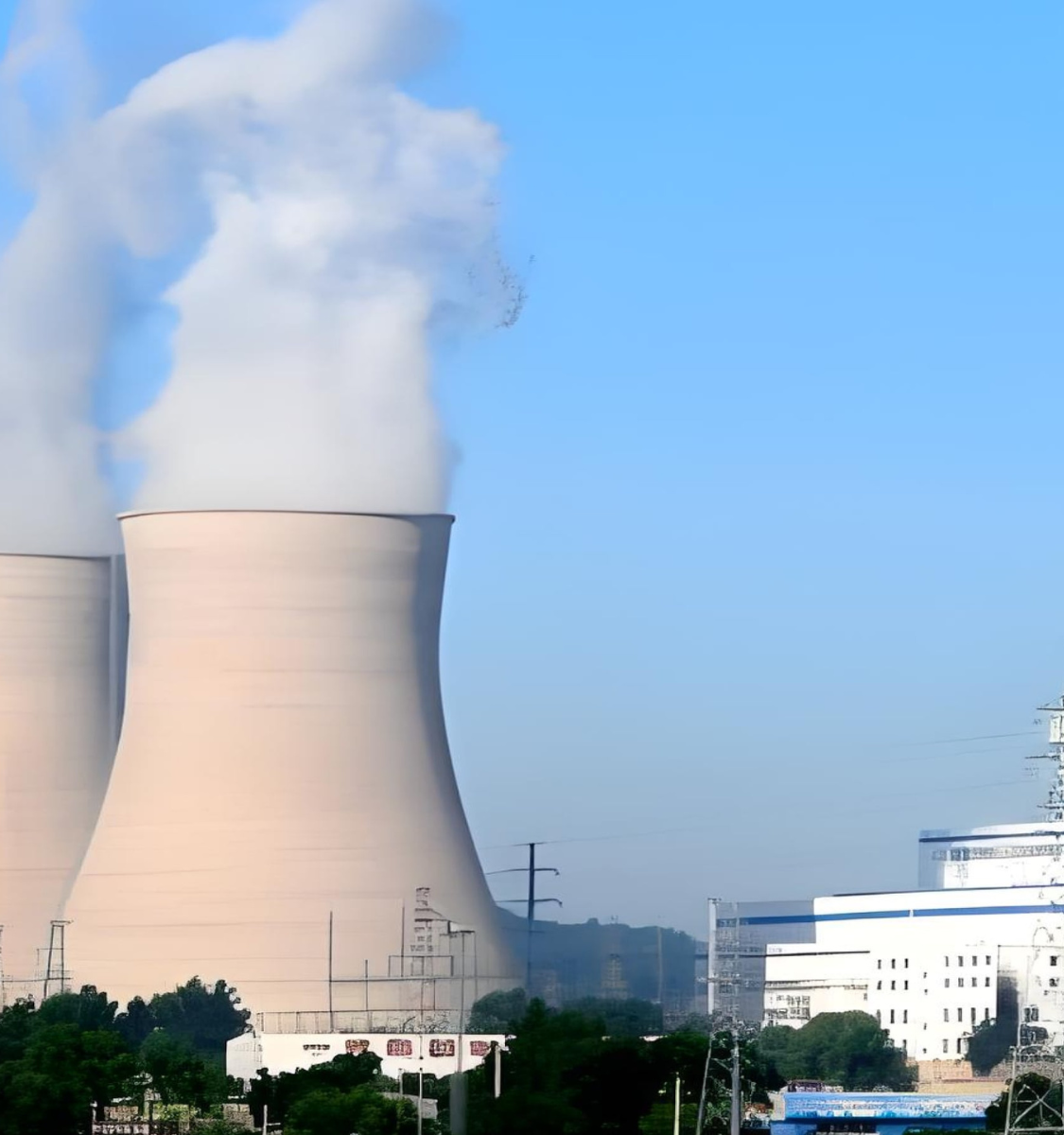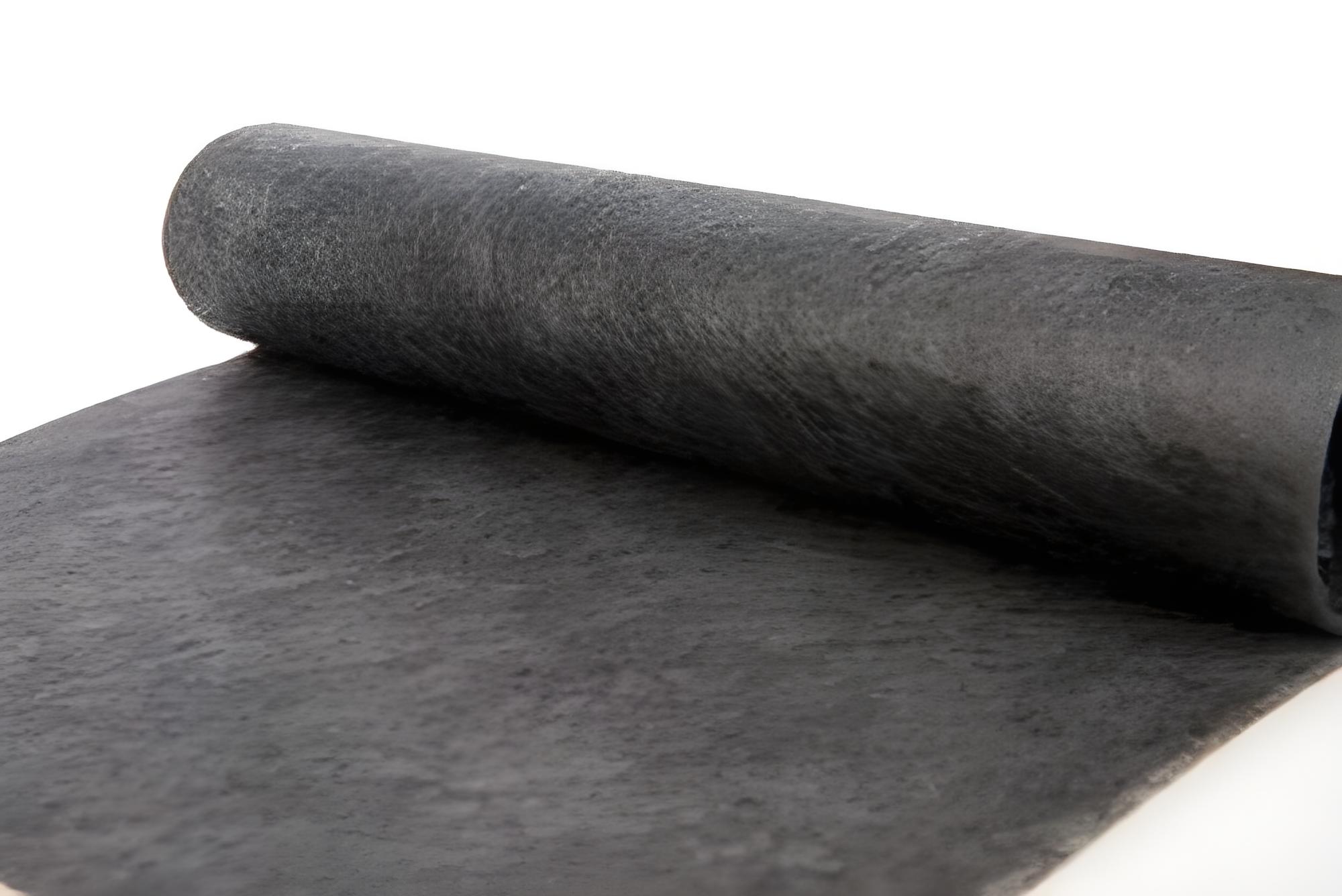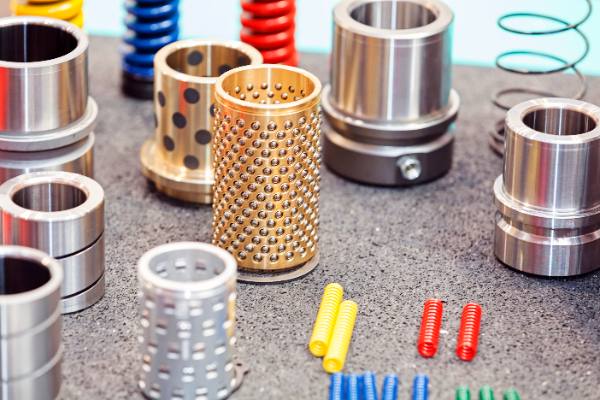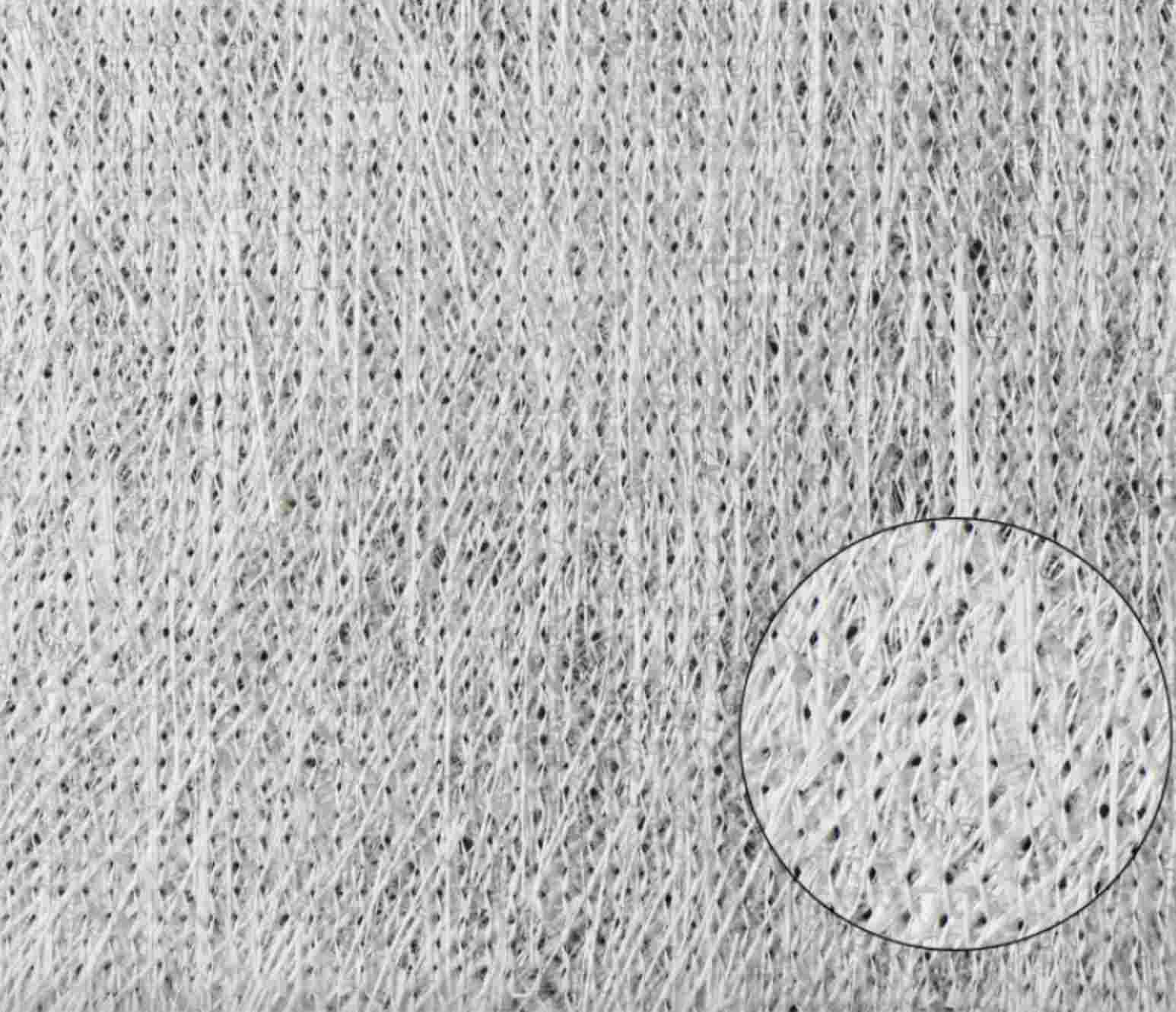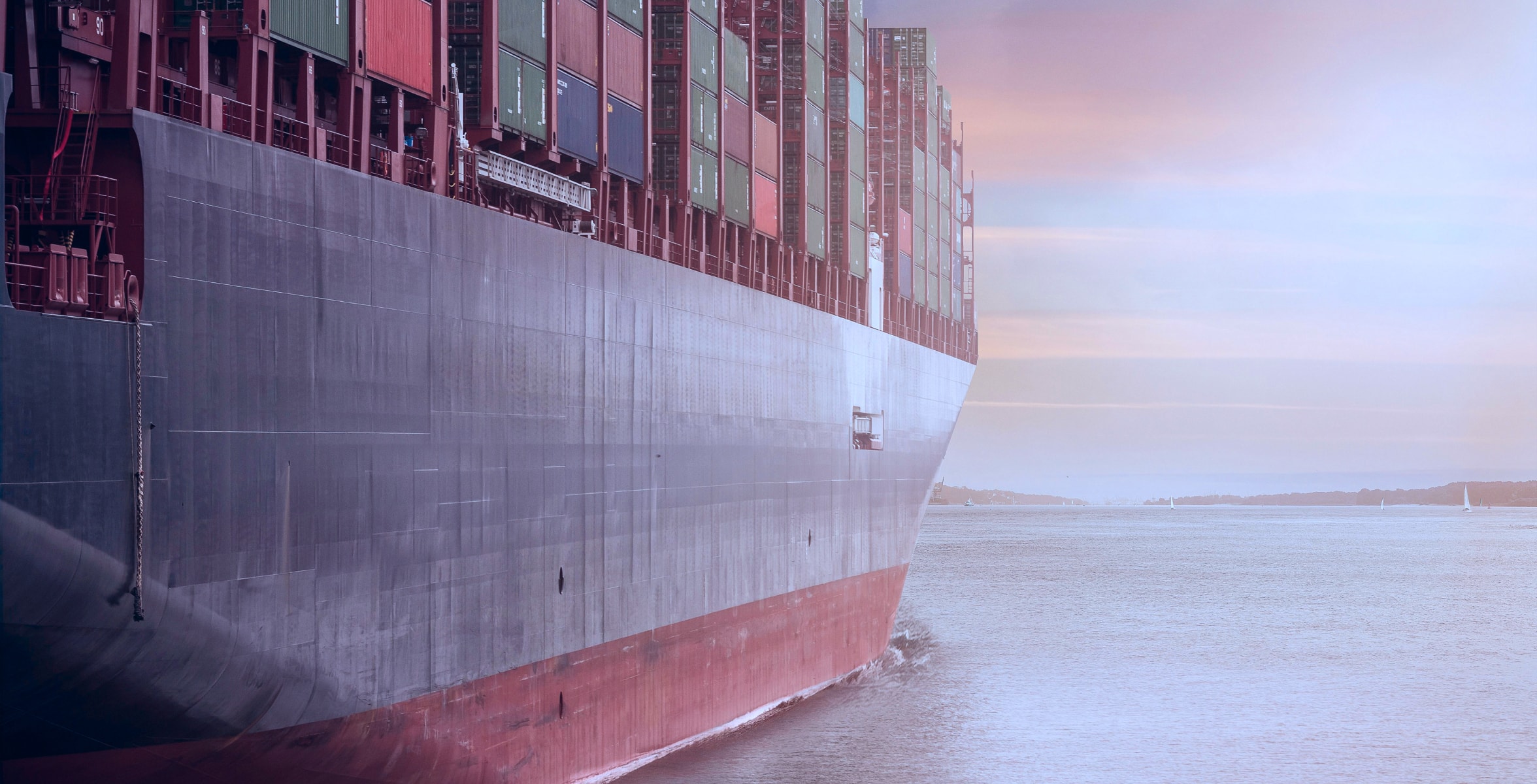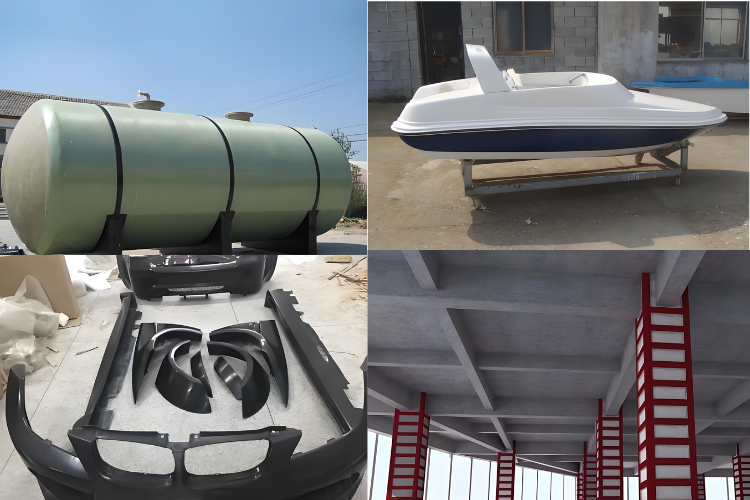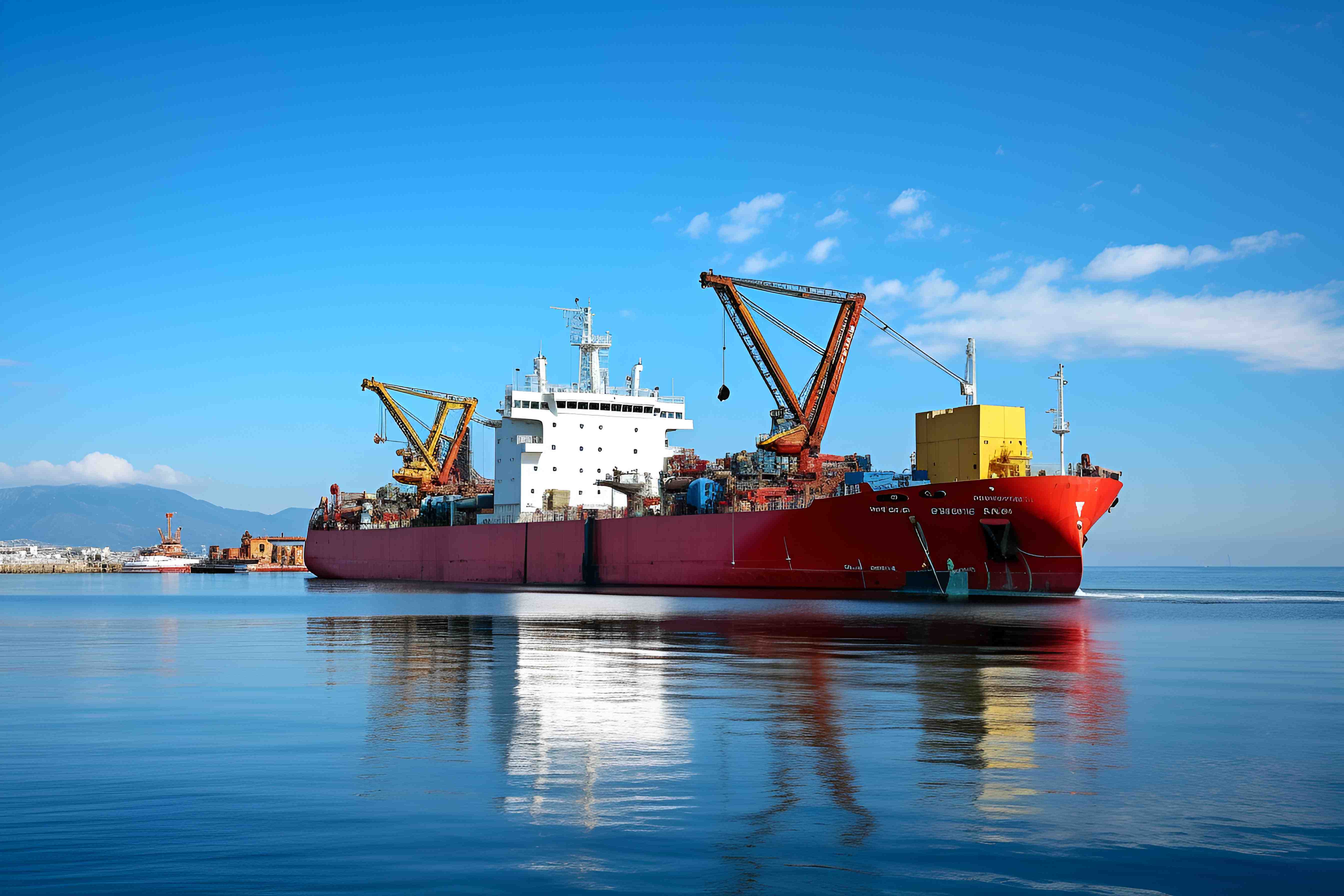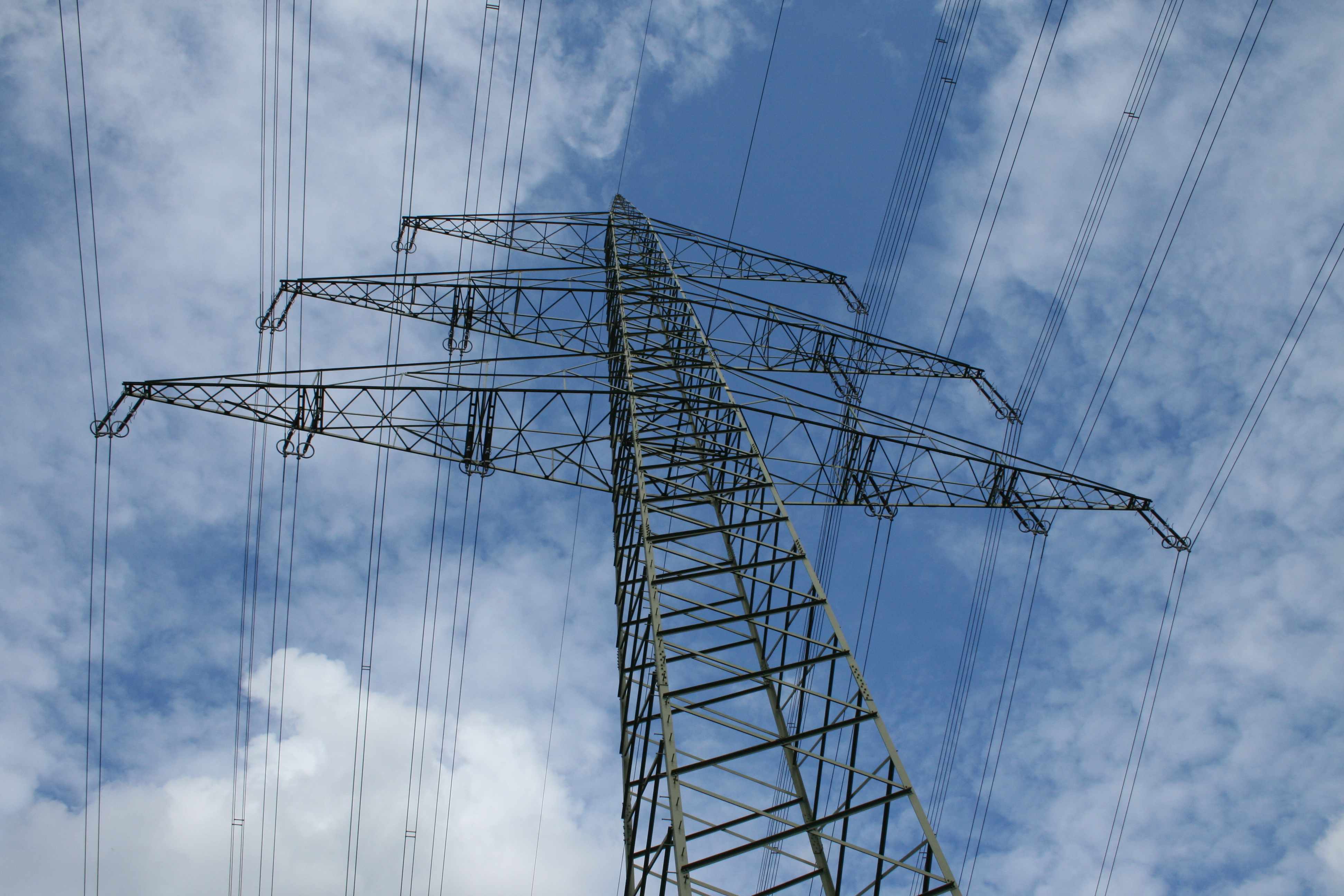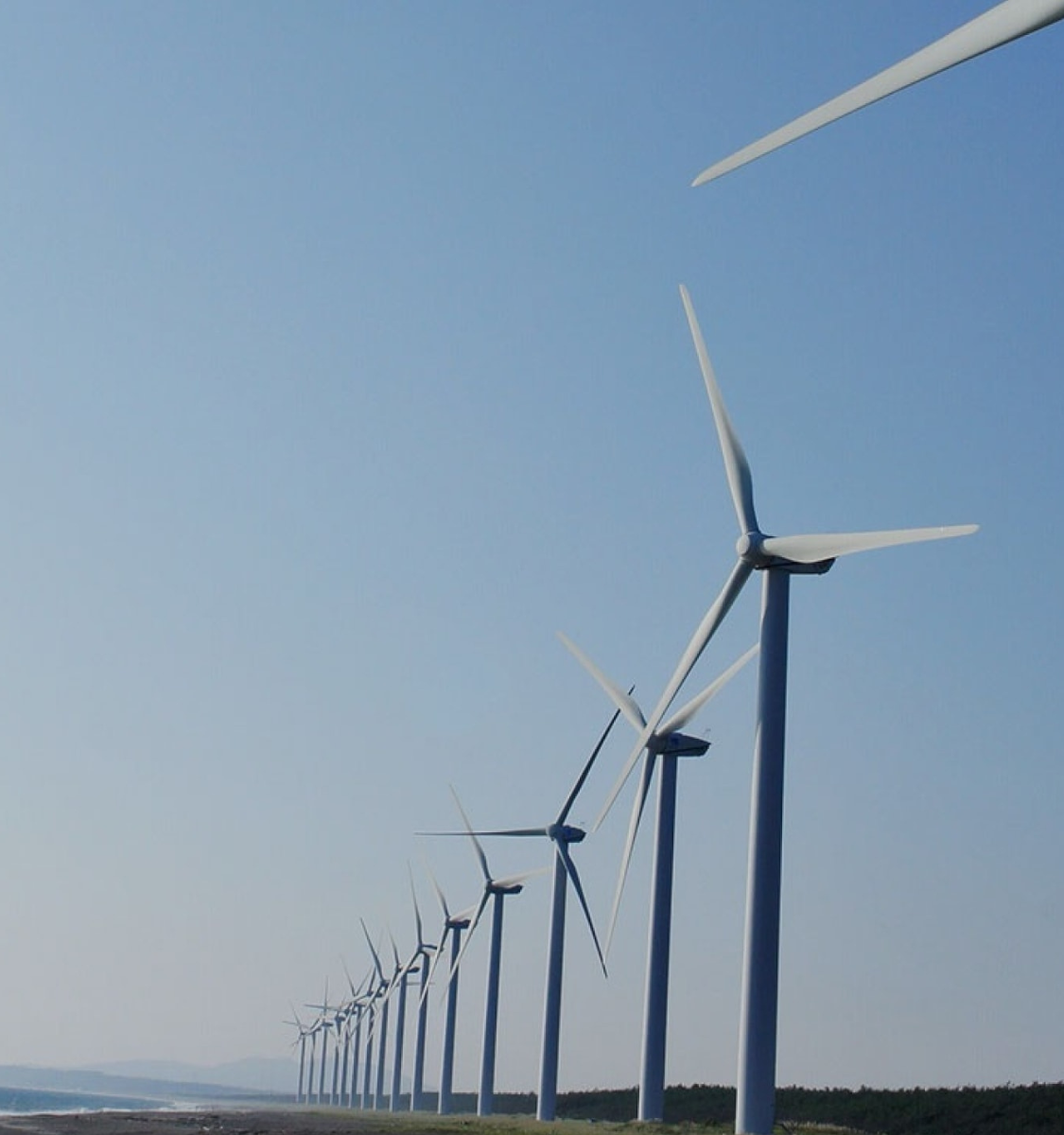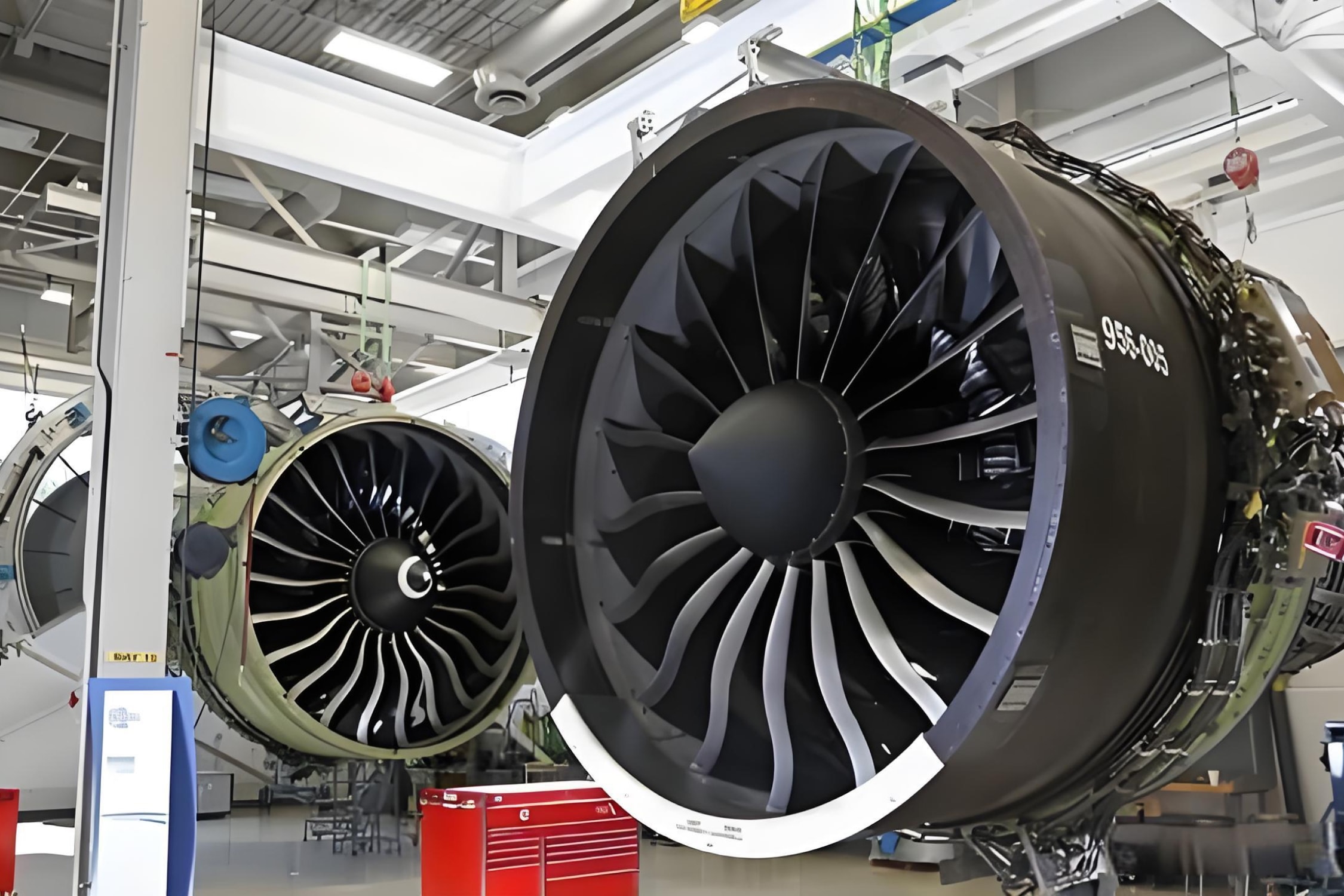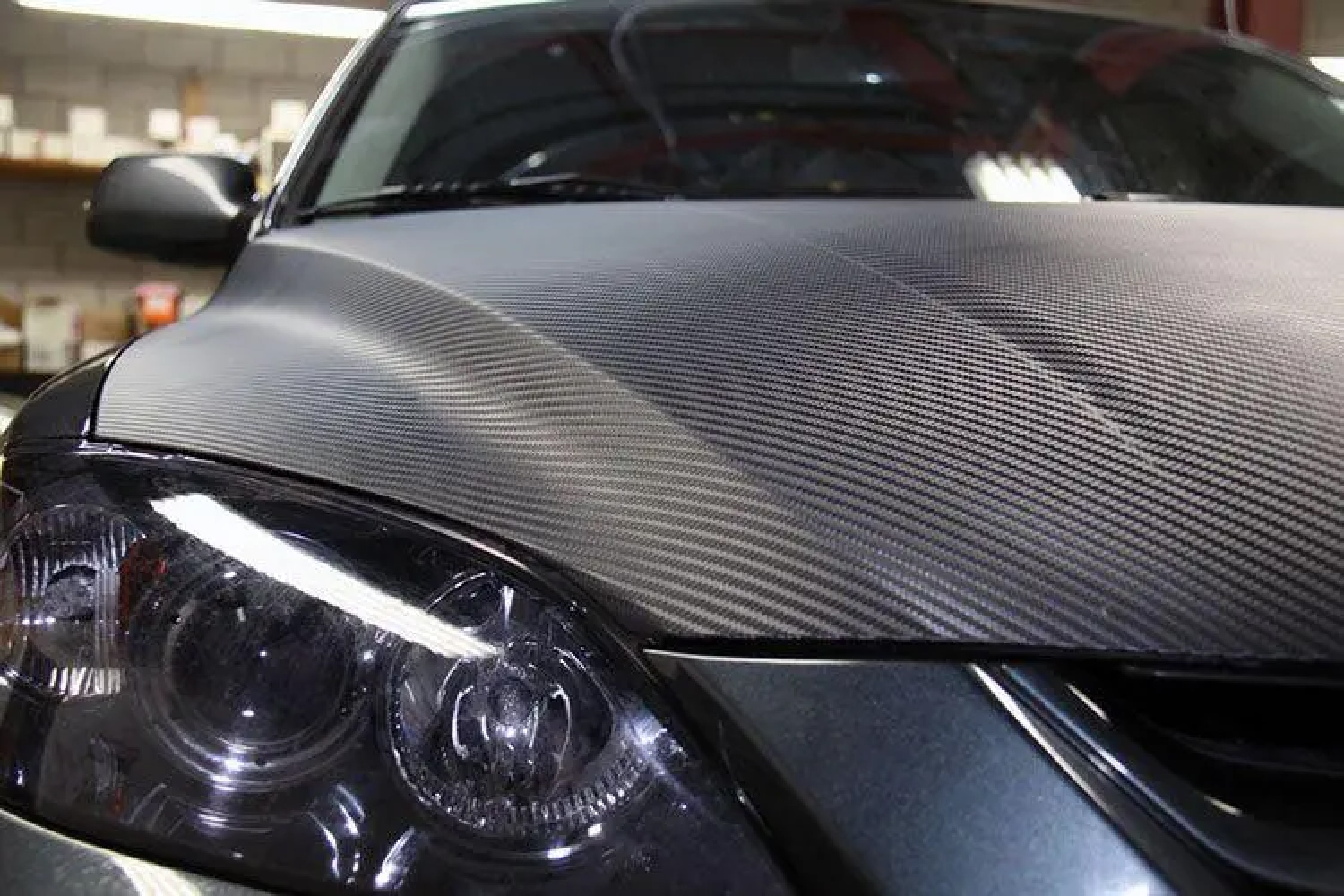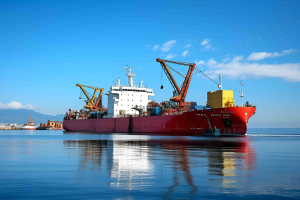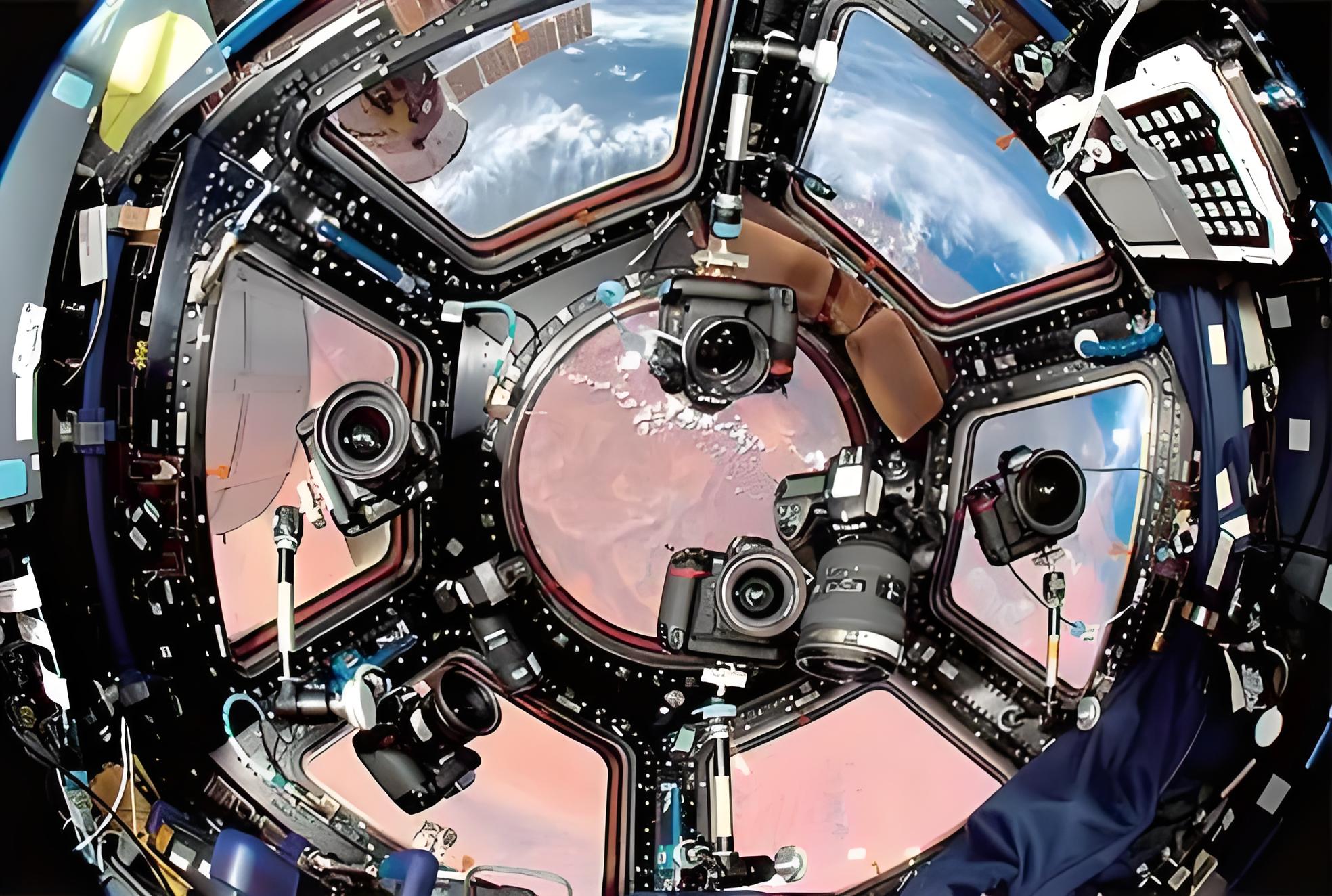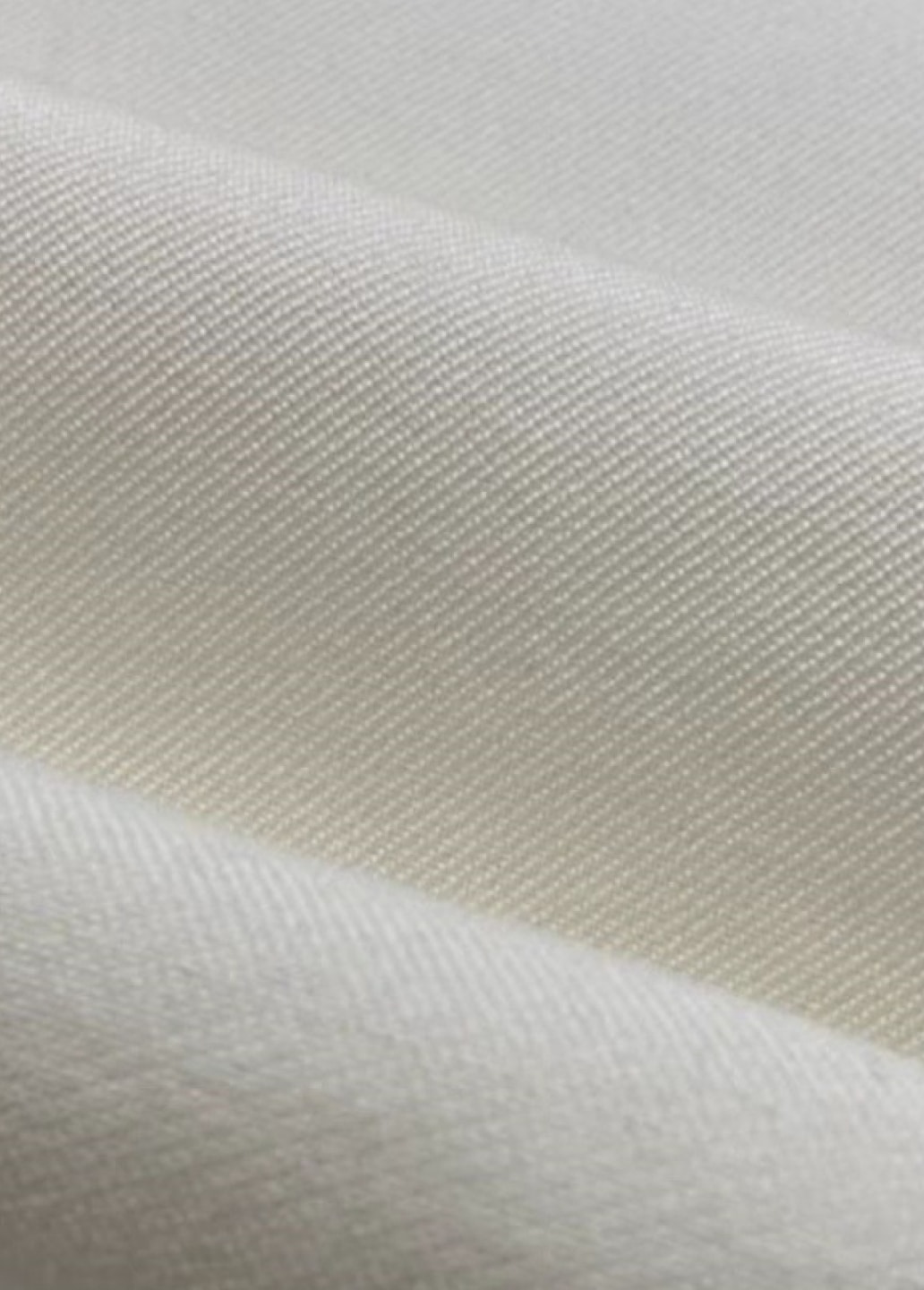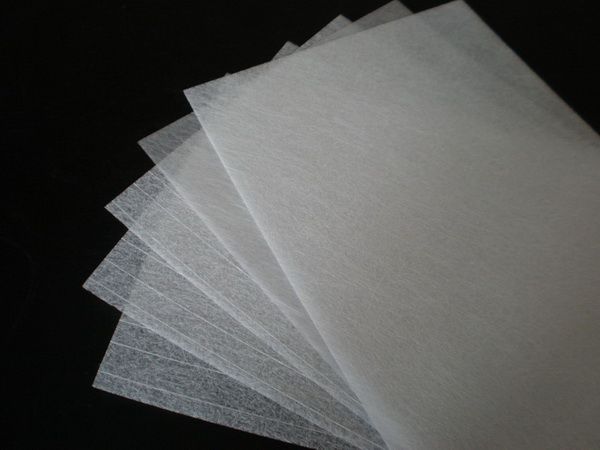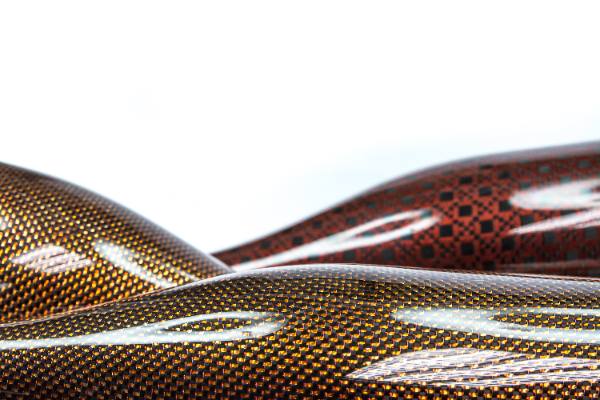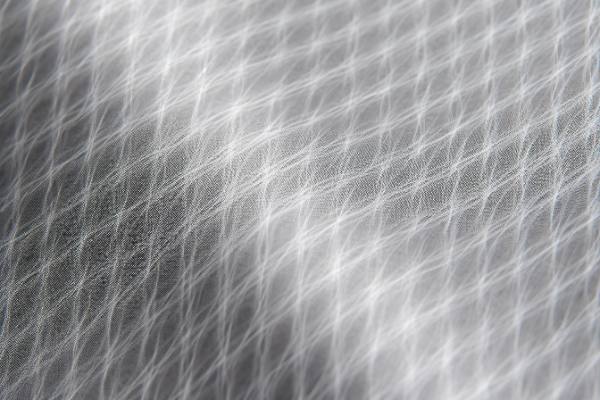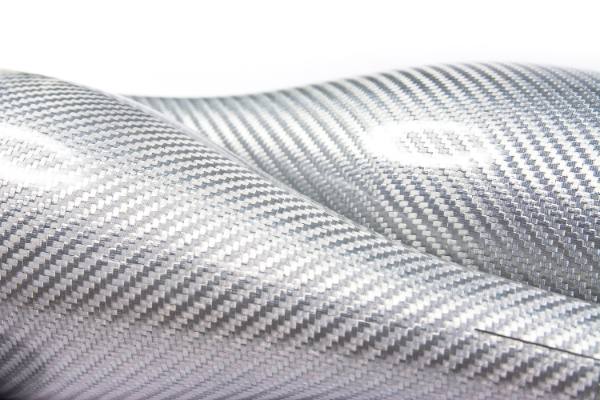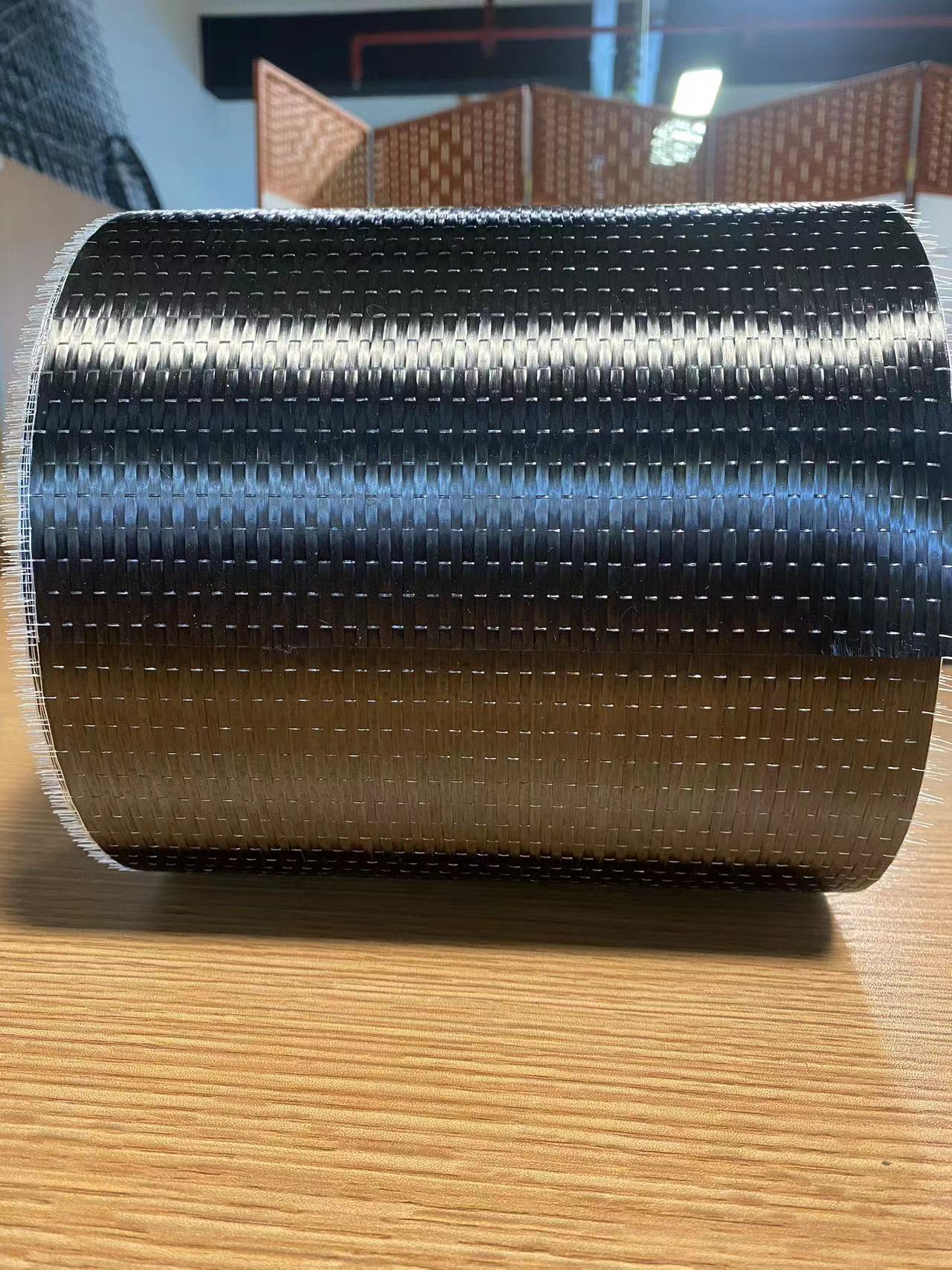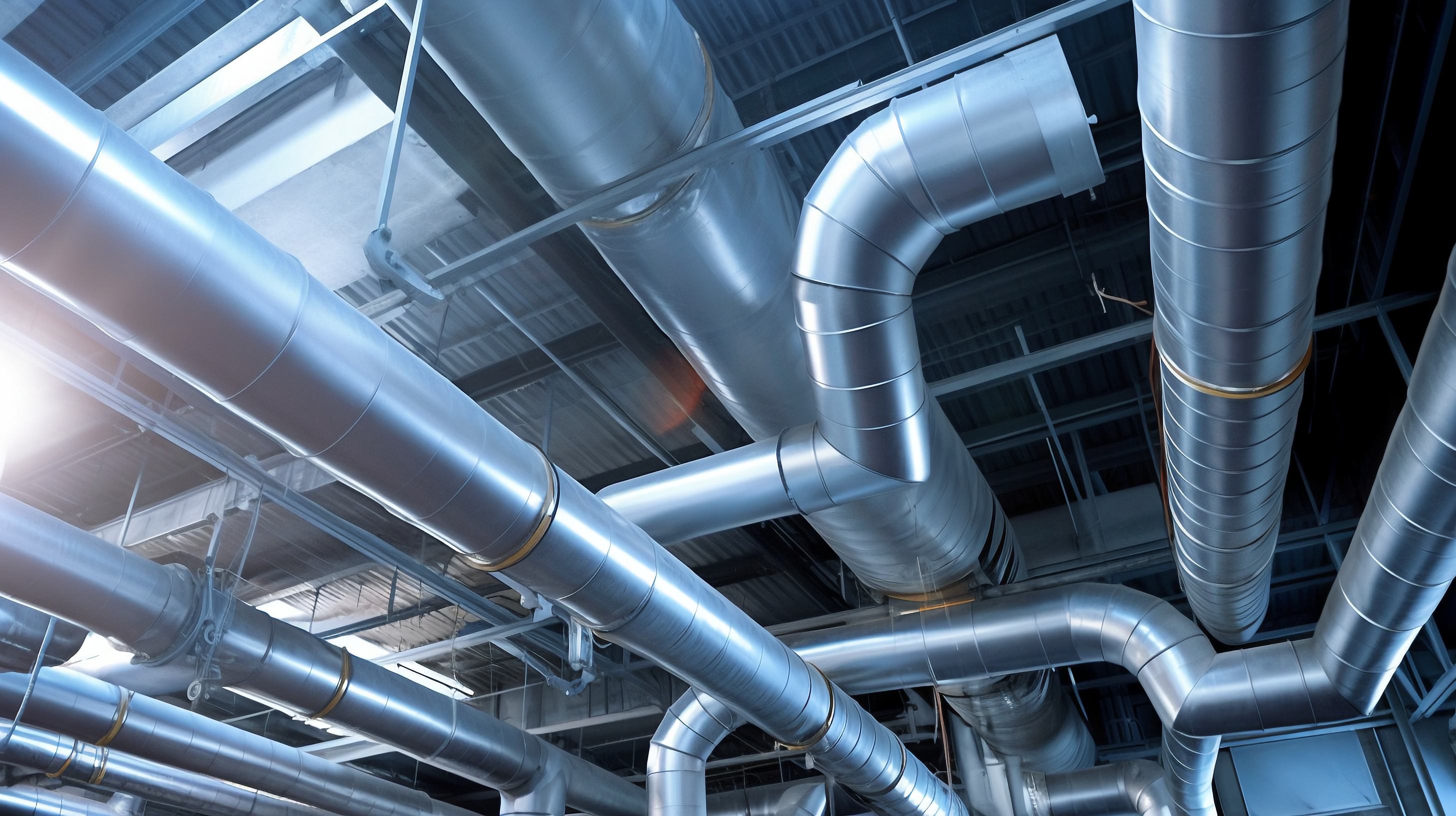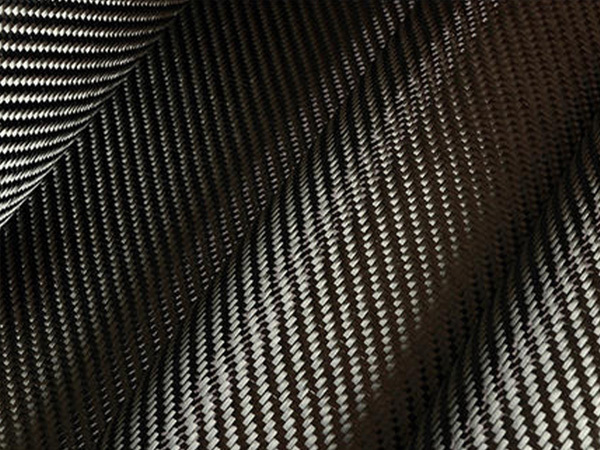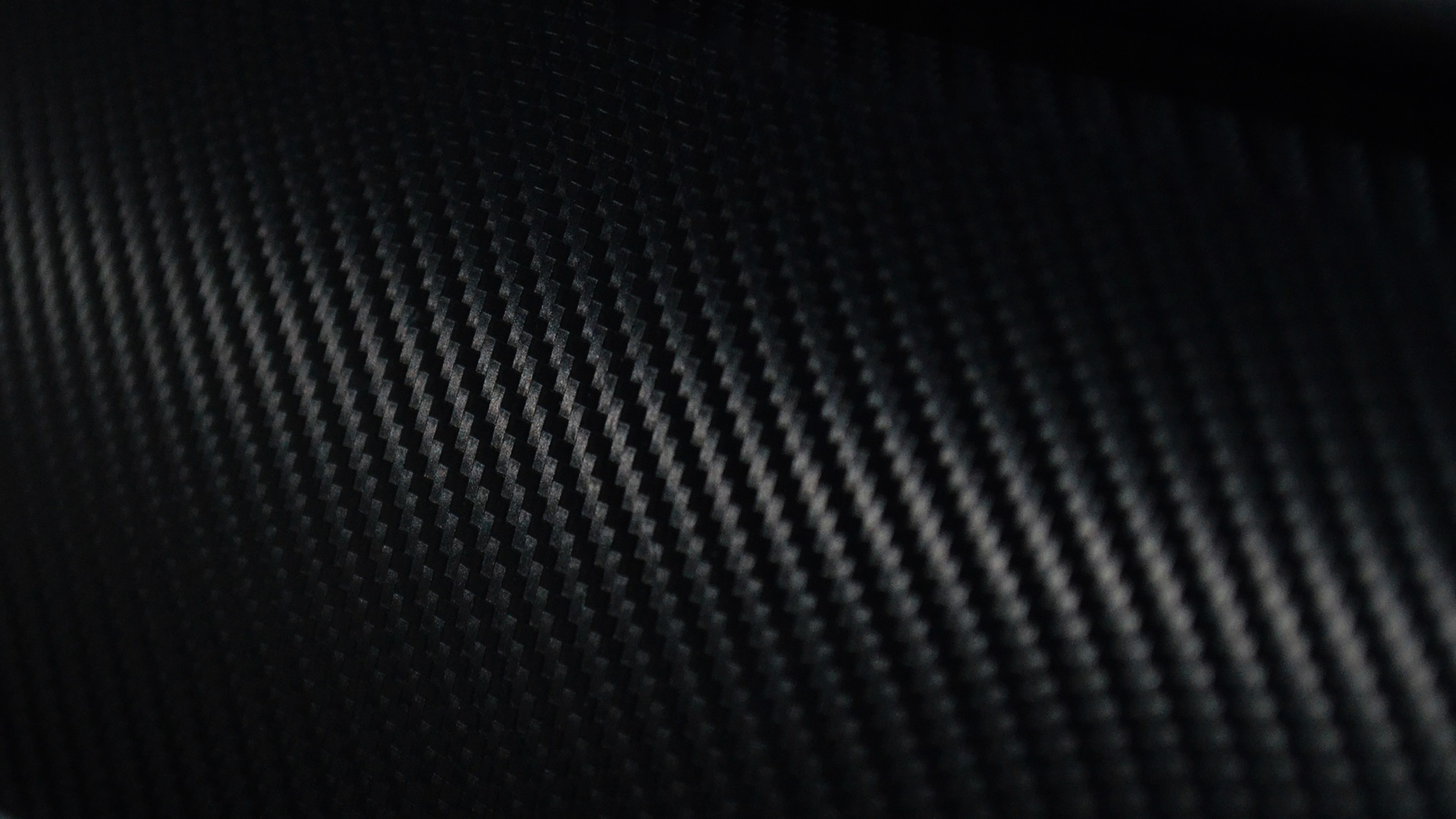+86-13732282311
merlin@xcellentcomposites.com
Let the world benefit from composite materials!
Development Status and New Varieties of Ceramic Fibers and Their Applications
This article discusses the development status and application fields of ceramic fibers domestically and internationally, as well as the research and development of new varieties. Ceramic fiber, as a lightweight and efficient insulation material, has many incomparable advantages over traditional insulation materials. With the global emphasis on energy conservation, ceramic fibers are expected to gain broader applications and rapid development. Additionally, the potential for ceramic fibers to replace other insulation materials is substantial, making them worth promoting in the ceramics industry.
1. Introduction
Refractory ceramic fiber is a lightweight and highly efficient thermal insulation material. Compared to traditional insulation materials, it has the following performance advantages:
- Low Bulk Density as Furnace Lining: Ceramic fiber linings are over 75% lighter than lightweight insulating bricks and 90-95% lighter than lightweight castables. Using fiber linings significantly reduces the steel structure load of kilns and extends their service life.
- Low Heat Capacity: The heat capacity of ceramic fibers is about 1/10th that of lightweight refractory linings and castables. This low heat capacity means kilns absorb less heat during operation, allowing faster heating and significantly reducing energy consumption during furnace start-up and shutdown.
- Other Advantages: As application technologies improve, ceramic fibers are continuously expanding into new fields. Due to rising global energy prices, energy conservation has become a priority. Compared to traditional refractory materials like insulating bricks and castables, ceramic fibers can save 10%-30% more energy, gaining broader applications and promising prospects in China.
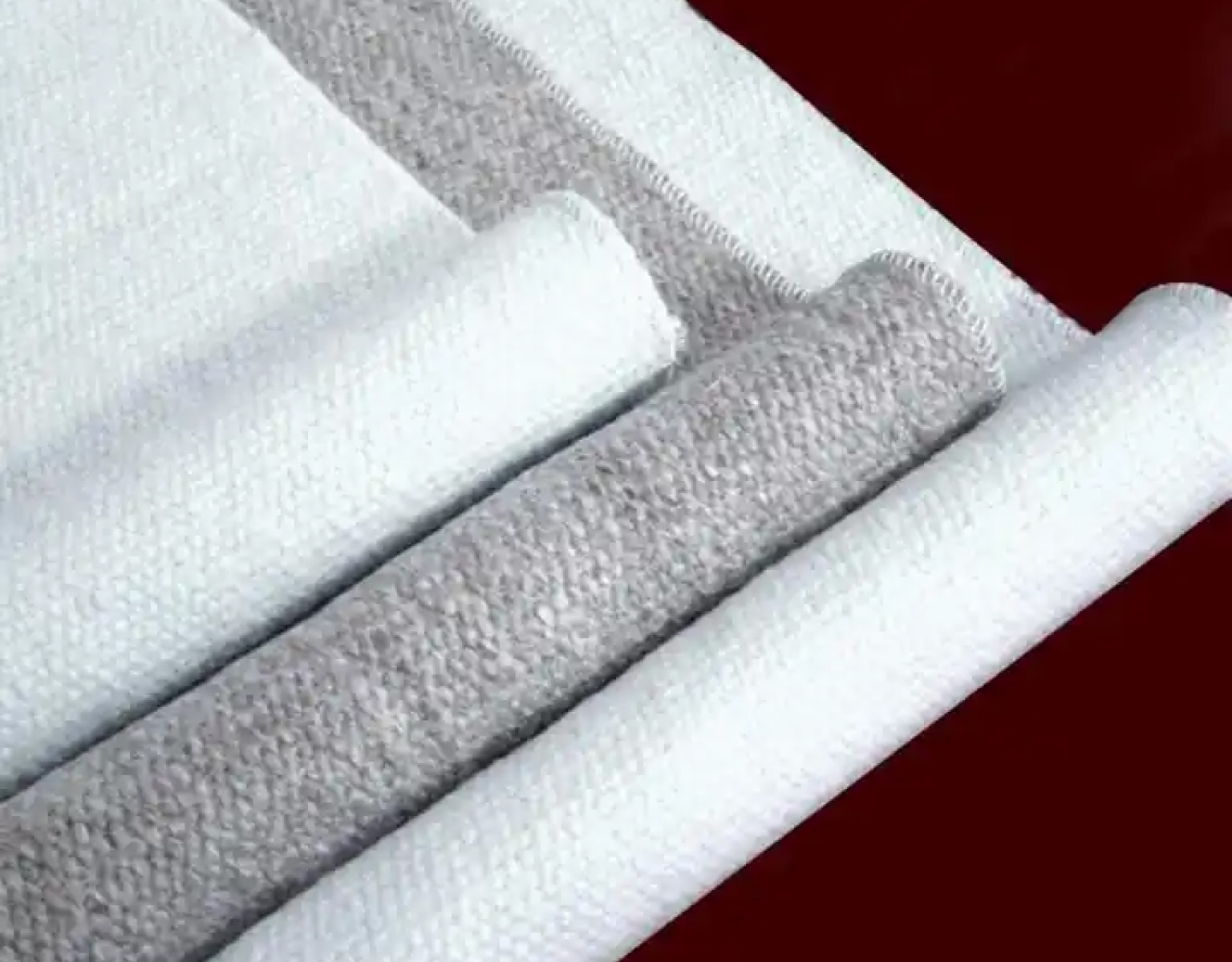
2. International Development and Applications of Ceramic Fibers
2.1 Development of Ceramic Fibers Abroad
Ceramic fibers first appeared in 1941 when the U.S.-based Babcock & Wilcox Company used natural kaolin to produce fibers via arc furnace melting and blowing. In the late 1940s, U.S. companies began producing aluminosilicate fibers for the aviation industry. By the 1960s, the U.S. developed various ceramic fiber products for industrial furnace linings.
The U.S. and Canada are major producers, accounting for about one-third of the global refractory fiber production, with an annual output of around 100,000 tons. Europe ranks third, producing approximately 60,000 tons annually. Among the 300,000 tons of ceramic fibers produced globally each year, the product distribution is as follows:
- Blankets and fiber modules: 45%
- Vacuum-formed boards, mats, and special shapes: 25%
- Bulk fibers: 15%
- Fiber ropes and textiles: 6%
- Unshaped fiber materials: 6%
- Fiber paper: 3%
2.2 Application Fields Outside of China
Refractory fiber products have become diversified and functionalized with technological advancements. These products can meet temperature requirements ranging from 600°C to 1600°C and are available in various forms, including traditional cotton, blankets, and mats, as well as fiber modules, boards, specialty shapes, paper, and textiles.
In some advanced applications, products like polycrystalline zirconia fibers, silicon nitride fibers, and silicon carbide fibers are being developed. For instance, DuPont in the U.S. produces long polycrystalline alumina fibers containing 99.9% α-Al2O3 for high-temperature aerospace applications.
3. Development and Applications of Ceramic Fibers in China
China's production of ceramic fibers began relatively late, starting only in the early 1970s with the successful development and mass production of ceramic fibers at the Beijing Refractory Materials Factory and the Shanghai Refractory Materials Factory. For over a decade, the production process relied on outdated methods such as "arc furnace melting, single-step air blowing for fiberization, and wet manual felt production," resulting in limited technology and a narrow range of products.
In 1984, the refractory materials factory of Shougang Corporation imported a needle-punched blanket production line using the resistance spinning method from the U.S.-based CE company. By 1987, additional production lines and vacuum-forming technology were introduced from American companies BW and Ferro to enterprises such as Henan Shanxian Electrical Factory, Guangdong Gaoming Aluminosilicate Fiber Factory, and Guiyang Refractory Materials Factory. These advancements transformed the outdated production processes, equipment, and product diversity of China's ceramic fiber industry.
Starting in 1986, China digested and absorbed imported equipment and technology while adapting them to local conditions. This effort led to the design and construction of 82 dry needle-punched blanket production lines using resistance spinning (or air blowing) methods, which were installed in 45 enterprises. The annual output has since exceeded 100,000 tons, making China the world's largest producer of ceramic fibers. Alongside the diversification of products, China now mass-produces various ceramic fiber needle-punched blankets, including low-temperature, standard, high-purity, and high-alumina types, as well as ultra-lightweight resin dry felt (boards). Additionally, zirconium-containing fiber blankets with ZrO2 content of 14%-17% and operating temperatures exceeding 1300°C are also manufactured.
In the late 1980s, Japanese companies such as Naoi Textile Machinery, Chariot, and Intrex invested in Beijing to establish specialized ceramic fiber textile production enterprises. These companies began mass production of ceramic fiber fabrics, tapes, ropes, sleeves, and gaskets. The required bulk fiber cotton and equipment for textile production were fully localized. In the early 1990s, Beijing, Shanghai, Anshan in Liaoning, Shandong, and Sanmenxia in Henan introduced ceramic fiber spraying technology and equipment from the U.S., France, and Japan. Ceramic fiber spraying was applied to industrial kiln linings in metallurgy and petrochemical industries, achieving significant energy savings and economic benefits. This technology has since been widely promoted and successfully applied in heating devices across various industries.
At present, China's ceramic fiber industry is in a phase of continuous adjustment and development. The production technology and equipment, particularly for dry needle-punched blankets, have reached globally advanced levels. New products such as chromium-containing and zirconium-containing aluminosilicate fiber boards, polycrystalline alumina fibers, polycrystalline mullite fibers, and blended fiber products have been successfully developed and industrialized, forming a comprehensive range of lightweight refractory materials.
Ceramic fiber filters, while generally low in strength, are evolving toward the development of low-cost, high-strength continuous fiber-reinforced ceramic fiber filters. These filters, due to their excellent properties, are expected to play an increasingly important role in high-temperature flue gas filtration, including desulfurization, denitrification, and catalytic conversion. Ceramic fiber filtration for high-temperature flue gas purification has not yet started in China, but recent applications indicate a high growth trend in global demand for ceramic filters. It is foreseeable that the promotion and application of high-temperature flue gas ceramic filtration technology in China will soon become a reality, contributing to energy conservation and emission reduction goals.
New ceramic fibers, developed in recent years as high-tech functional materials, include UV-resistant fibers, heat-retaining and insulating fibers, antibacterial and odor-resistant fibers, neutron-resistant fibers, conductive fibers, and magnetic fibers. The application of ceramic micro-powders in fibers is also expanding significantly.
4. New Varieties and Applications of Ceramic Fibers
4.1 New Ceramic Fiber Composites
According to reports, in recent years, Japan has developed and produced new ceramic fiber composites for military engines. For example, Mitsubishi Corporation has designed ceramic fiber composites for use in fighter jet engines and rocket engines. These composites are made by weaving 10 μm ceramic fibers into a three-dimensional structure and coating them with a glassy substance. While ceramic fibers are heat-resistant but brittle, converting them into composites significantly enhances their strength.
Carbon fiber composites are commonly used in aircraft and rocket bodies but are rarely applied to engines due to their temperature limitations, as they can only withstand environments of up to about 300°C. Consequently, nickel-based alloys are generally used. However, the new ceramic fiber composites offer superior high-temperature resistance compared to carbon fiber composites and are 50% lighter than nickel-based alloys. These materials have undergone field trials on fighter jet engine nozzles for the Japanese Ministry of Defense and have successfully been used to manufacture prototype components for rocket engines. By 2005, they had been applied in engineering for rocket engines.
4.2 Ceramic Fiber Modules
Ceramic fiber modules are a new type of refractory furnace lining product designed to simplify and expedite kiln construction while enhancing the overall integrity of the lining. These modules are characterized by their white color and uniform dimensions, allowing them to be directly fixed to anchor pins on the steel plates of industrial kiln shells. They offer excellent refractory and insulating properties, improving the overall insulation performance of kilns and advancing kiln construction technology.
Ceramic fiber modules are pre-compressed, and after the lining is completed, their expansion ensures a seamless structure, compensating for fiber shrinkage. This enhances the insulation performance, thermal stability, and resistance to thermal shock of the lining. The modules are quick to install, and the anchors are located on the cold side of the lining, reducing the material requirements for the anchors.
With the advancement of national energy conservation and emission reduction initiatives, the renovation of brick tunnel kilns has become urgent. Ceramic fiber modules have been well-received for their exceptional insulation performance, particularly in the ceilings of brick tunnel kilns. The modules come in various forms, including folded blocks, sliced blocks, Pyro blocks, and vacuum-formed blocks.
Due to differences in the manufacturing methods and crystalline structures of polycrystalline mullite fibers, their fibers are shorter and less flexible, making it difficult to produce large modules. Consequently, polycrystalline fibers are mainly used in the form of tiles applied to the inner surfaces of refractory brick kiln walls and ceilings. These tiles effectively lower the outer wall temperature of kilns while reducing heat storage losses in the kiln walls.
Currently, most ceramic fiber module manufacturers in China produce folded blocks. These blocks are made by folding needle-punched blankets and pre-compressing them with mechanical equipment during shaping. However, the uneven surface of folded blocks can affect the application of erosion-resistant coatings. Sliced blocks address this issue by cutting off the folded edges of the blankets after shaping, resulting in a smooth surface for better performance.
4.3 Hollow Ceramic Fiber Membranes
In recent years, new hollow fiber ceramic membranes have garnered significant attention. These membranes not only retain the advantages of traditional ceramic membranes but also offer additional benefits, including:
- High packing density
- Large effective separation area per unit volume
- Thin membrane walls
- High permeation flux
- Material savings
- Easier miniaturization of separation equipment
The application of these new hollow fiber ceramic membranes is expected to greatly enhance the separation performance of ceramic membranes. Due to their unique properties and structural characteristics, hollow fiber ceramic membranes are increasingly being utilized in various fields, such as:
- Inorganic separation membranes for wastewater and gas treatment
- Solid oxide ceramic membrane fuel cells
- Microchannel reactors
- Catalyst supports
4.4 Current Applications of New Fiber Varieties
The development, production, and application of new varieties of ceramic fibers have significantly advanced ceramic fiber application technologies and construction methods.
For example, zirconium-containing fibers, produced using the melt-spinning method, are a cost-effective type of aluminosilicate fiber with broad applications. They are extensively used as full-fiber linings for the hot surfaces of various industrial kilns. However, domestic products in this area still lag in quality and application development compared to international standards.
Abroad, chromium-containing fibers have emerged as a new variety with a higher operating temperature range than zirconium-containing fibers. Currently, there are no reports of chromium-containing fiber production or application in China.
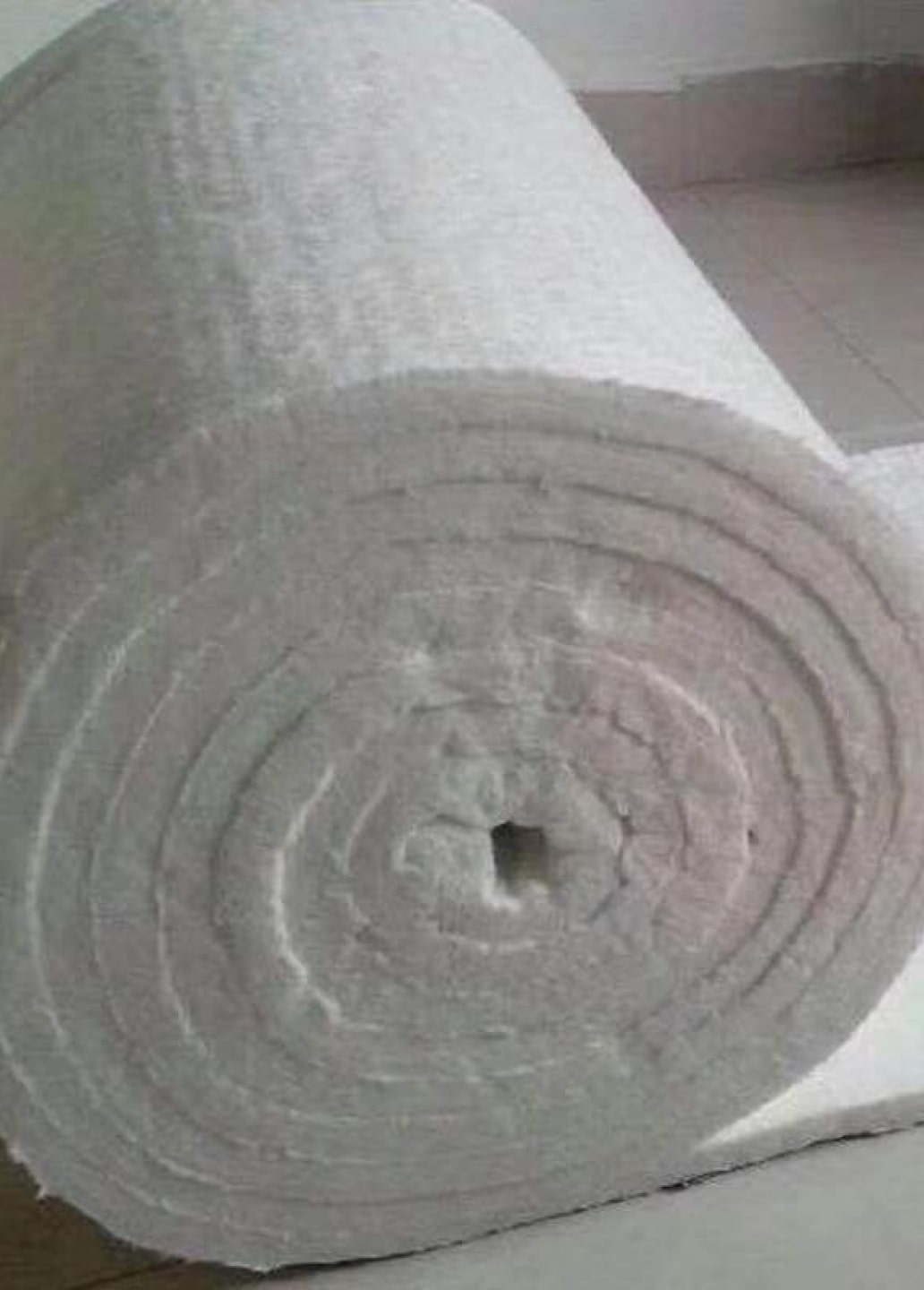
5. Conclusion
Ceramic fibers are high-performance, lightweight, and efficient insulation materials widely used in industrial, civil, and defense sectors. With increasing global emphasis on energy conservation, ceramic fibers have vast potential for development and application. The anticipated compound annual growth rate of ceramic fiber production in China is over 30%, driven by ongoing research into advanced functional materials.
Read More: The Ultimate Guide to Quartz Fiber Filters: Applications and Benefits
Popular Composite Materials
Popular Composite Materials
Composites Knowledge Hub
Composites Knowledge Hub

